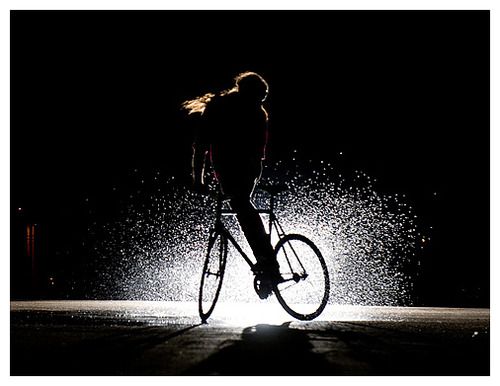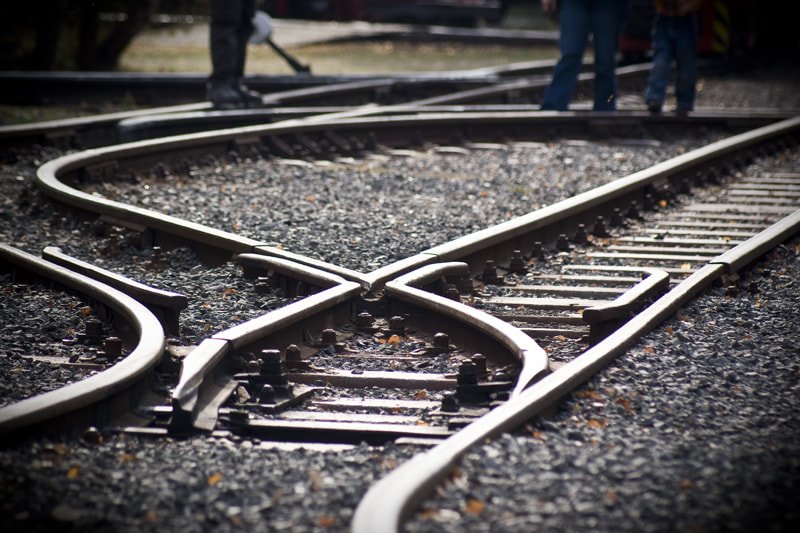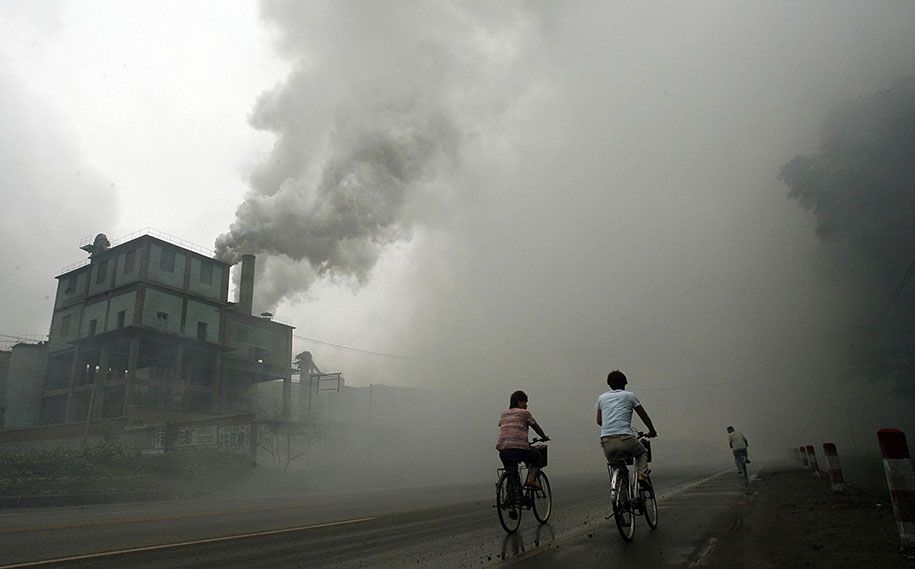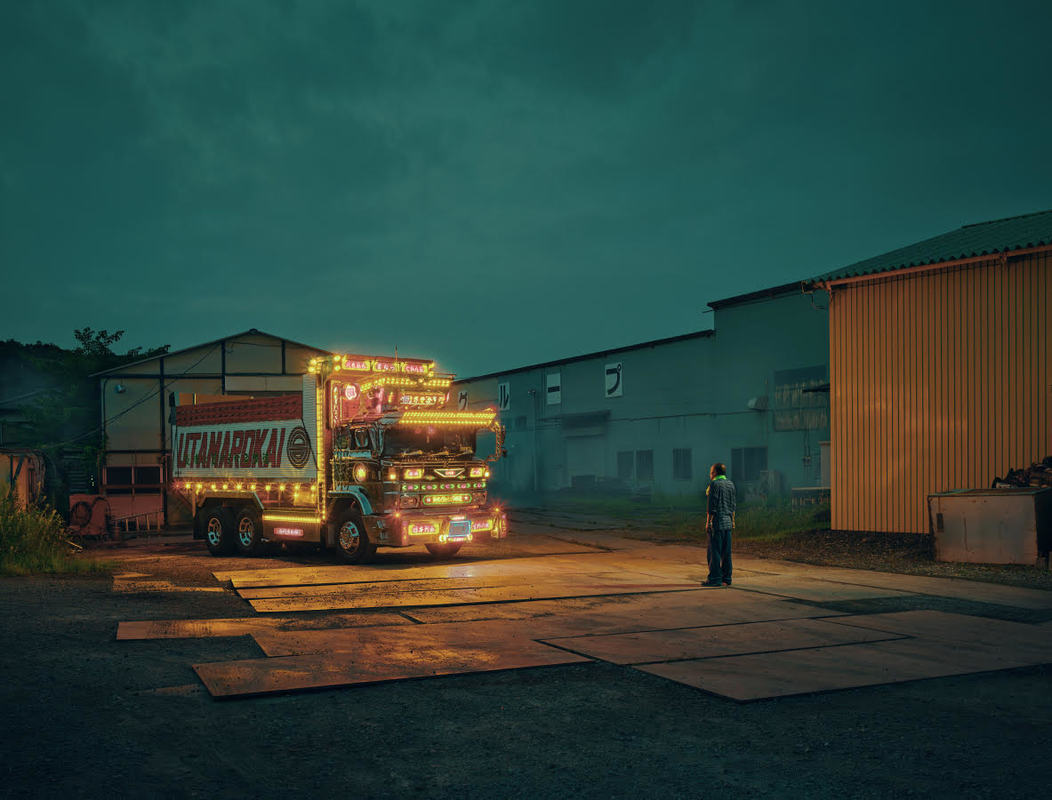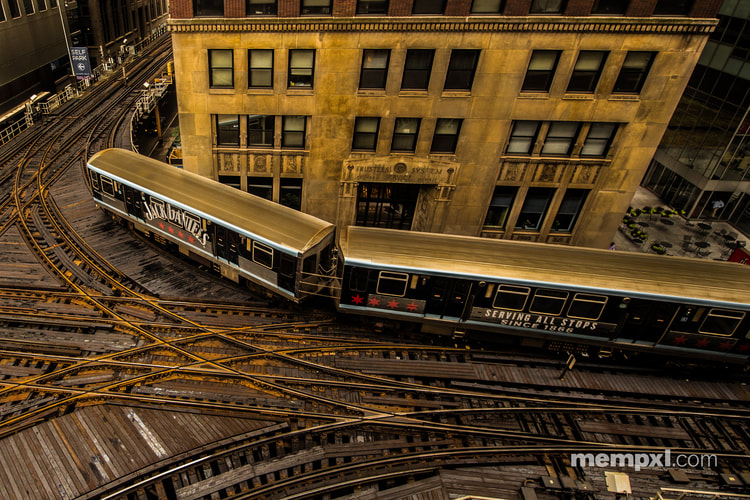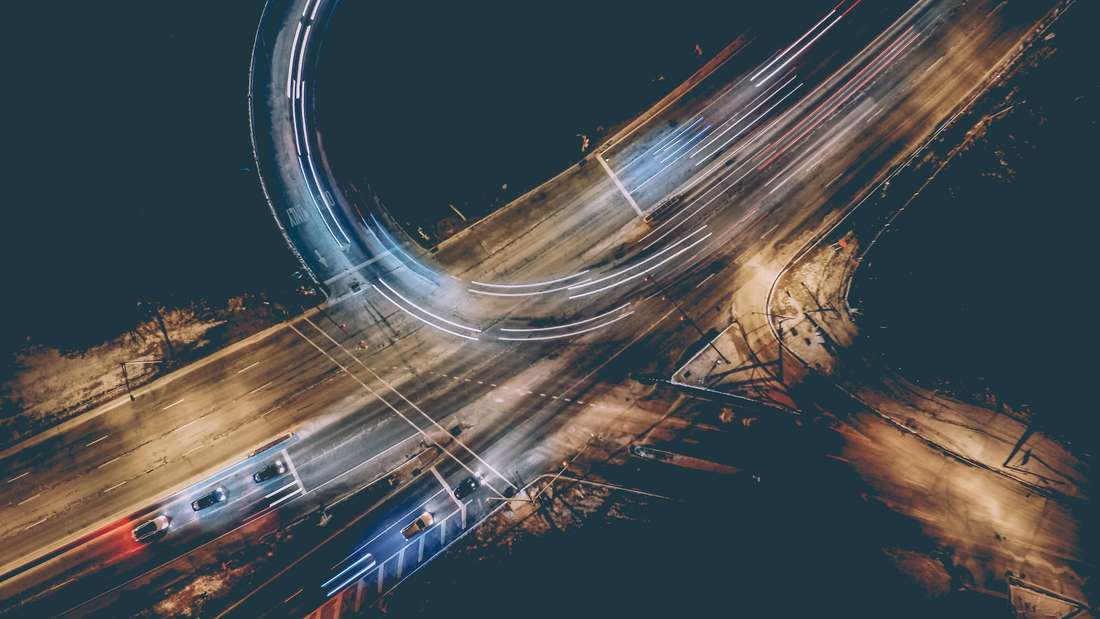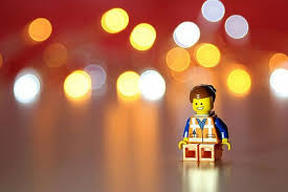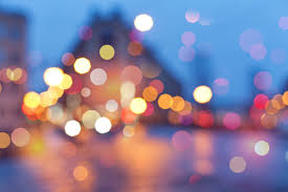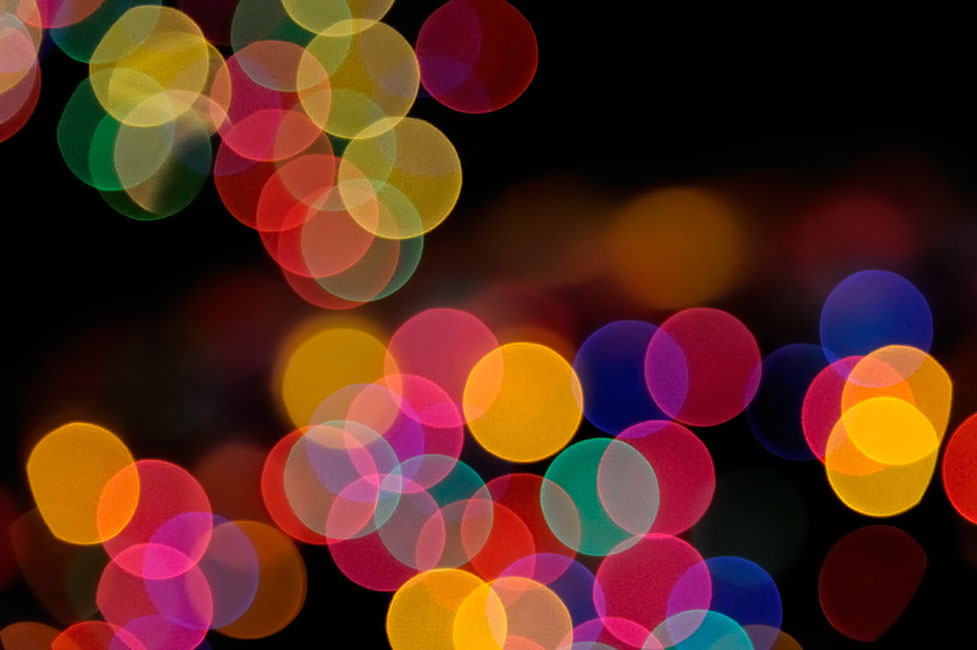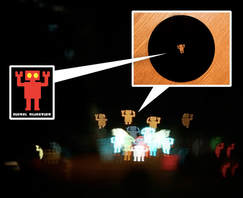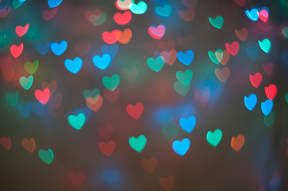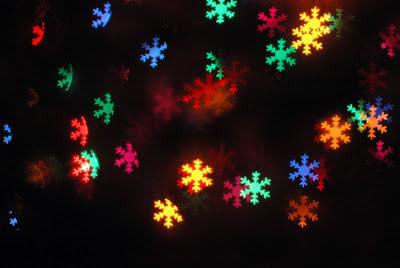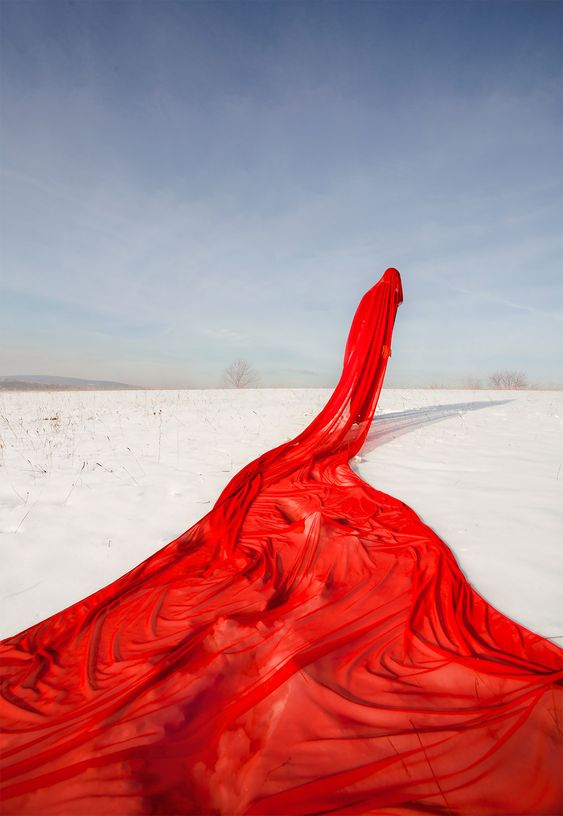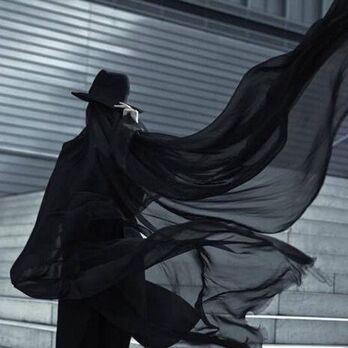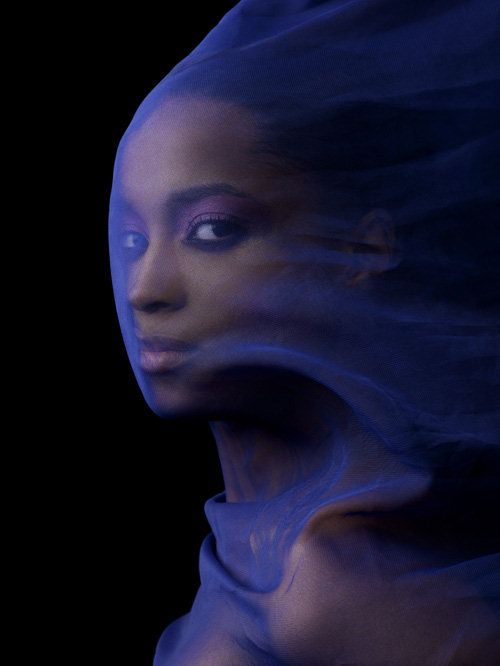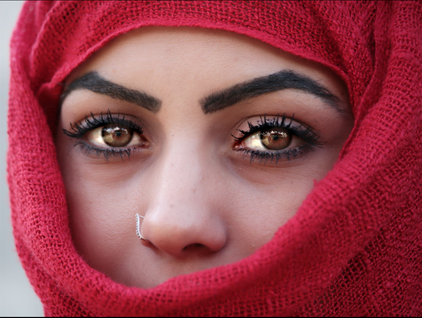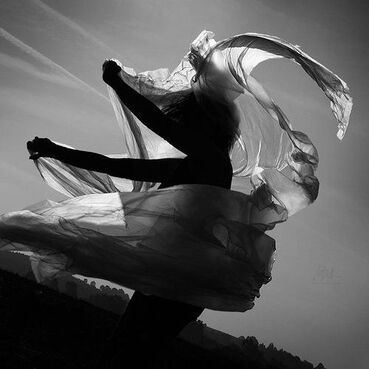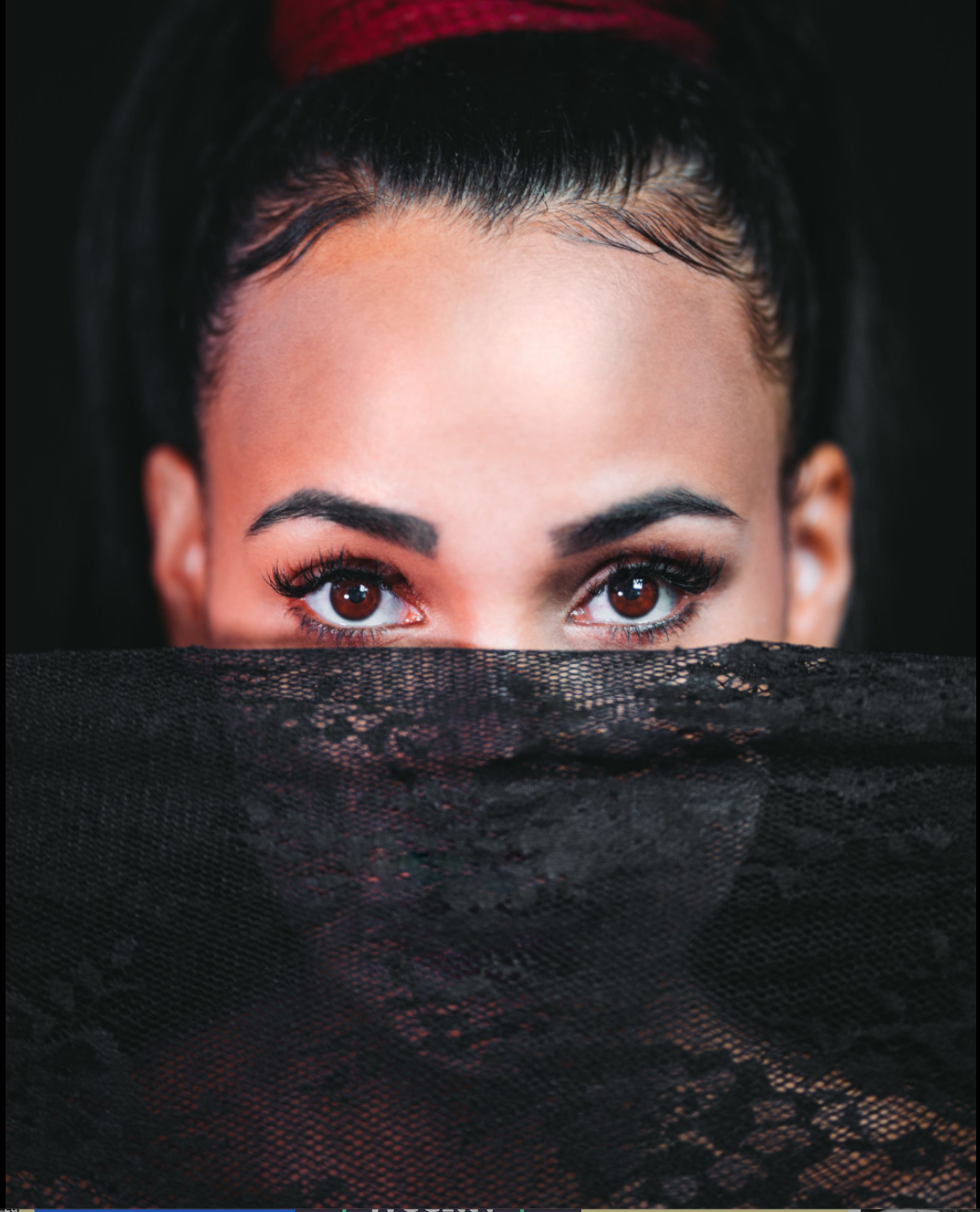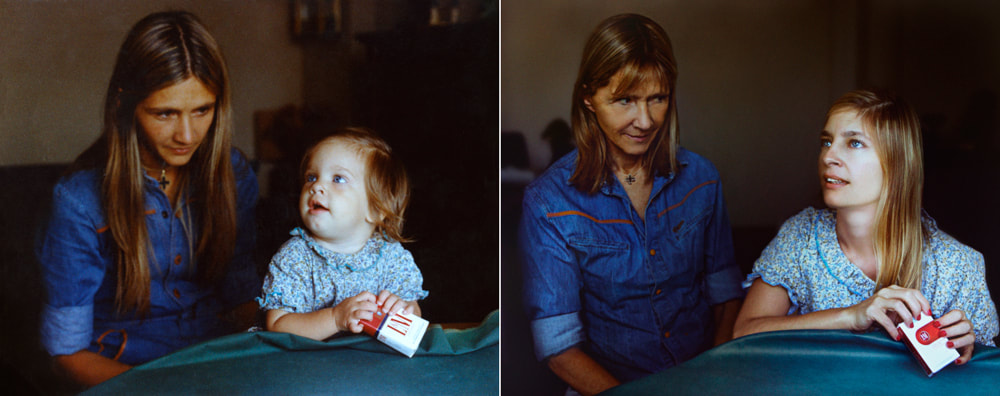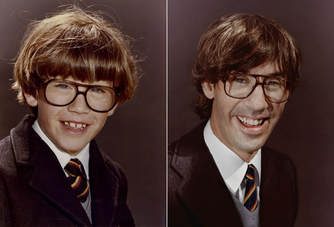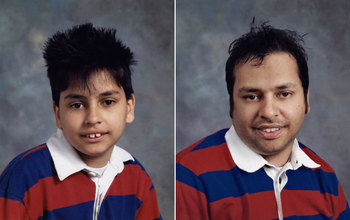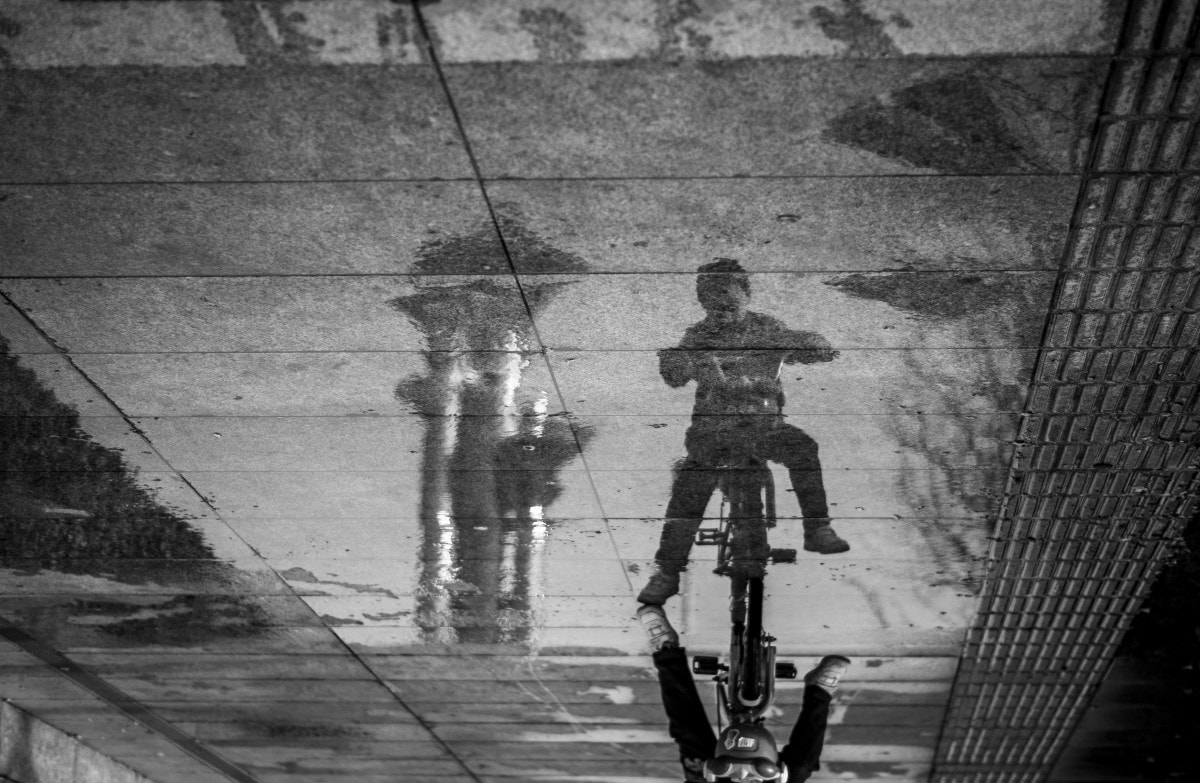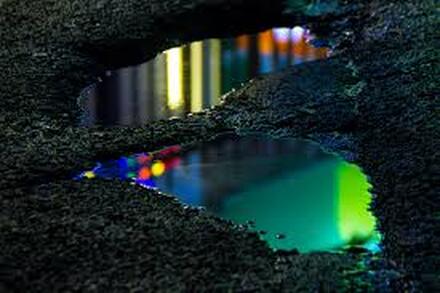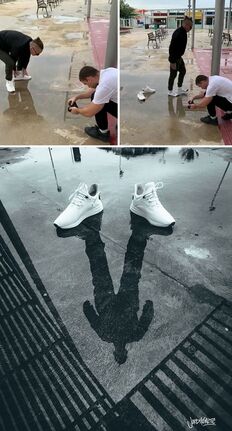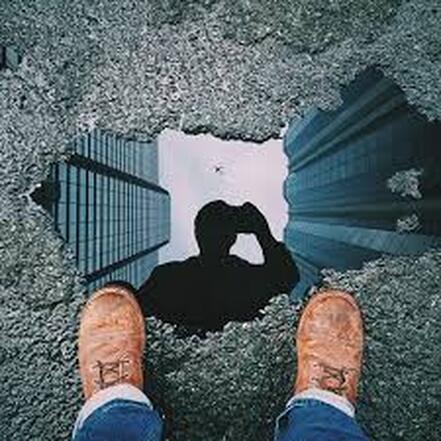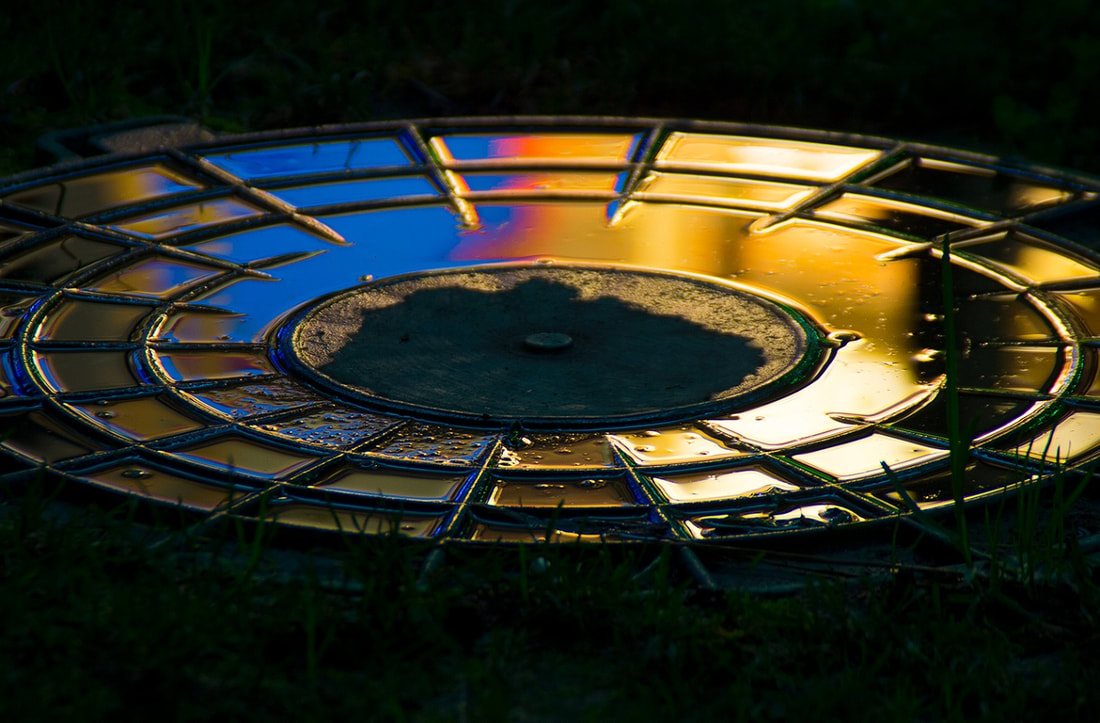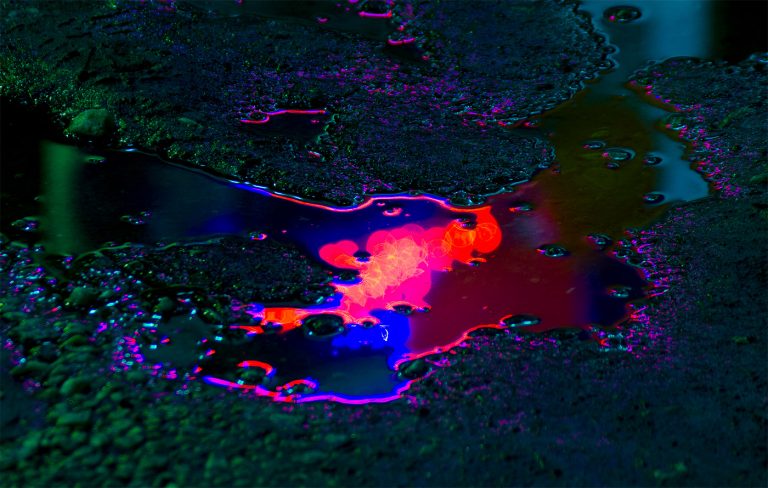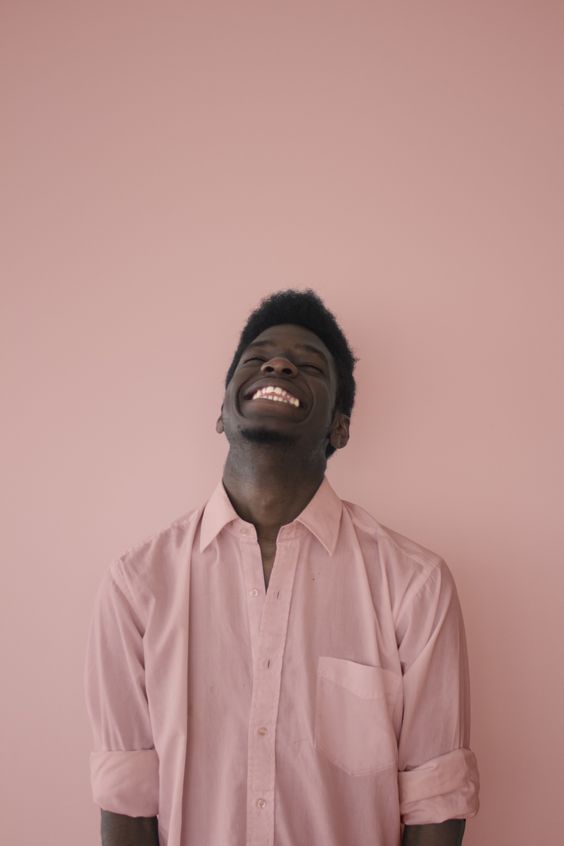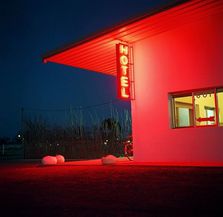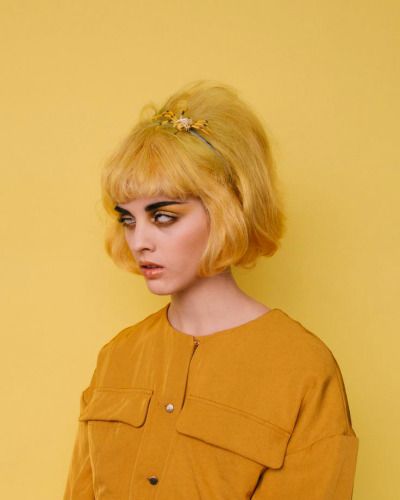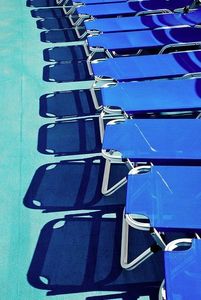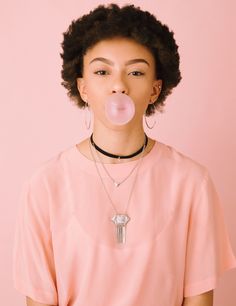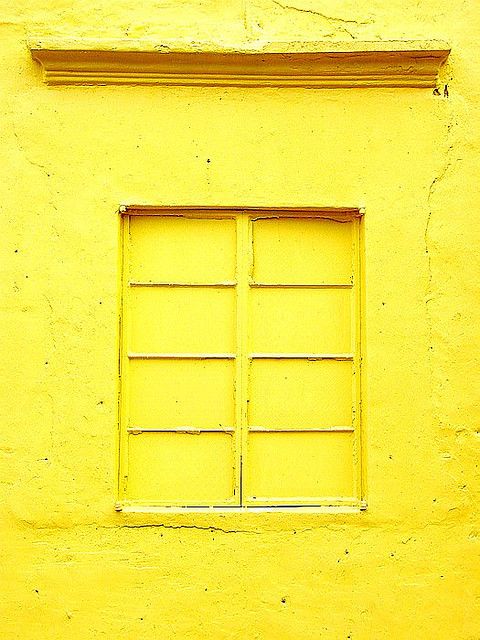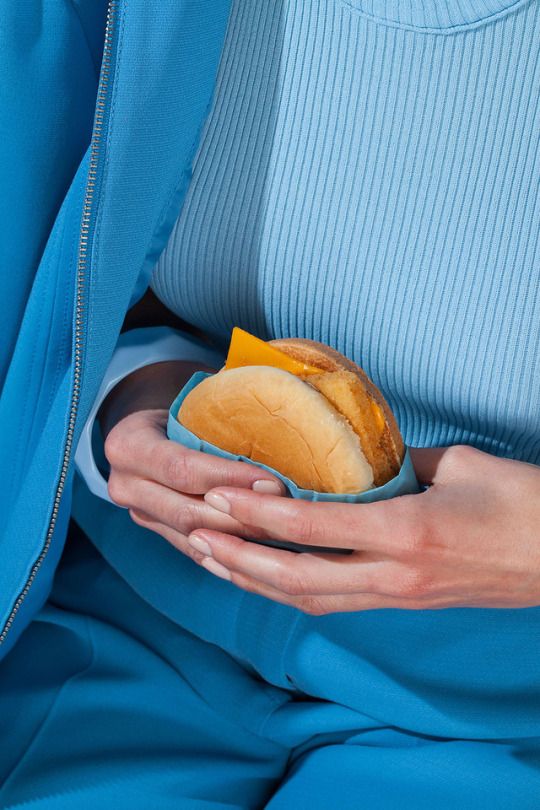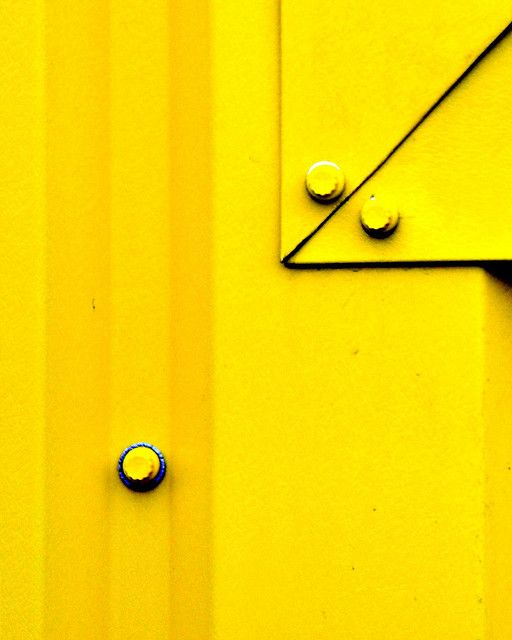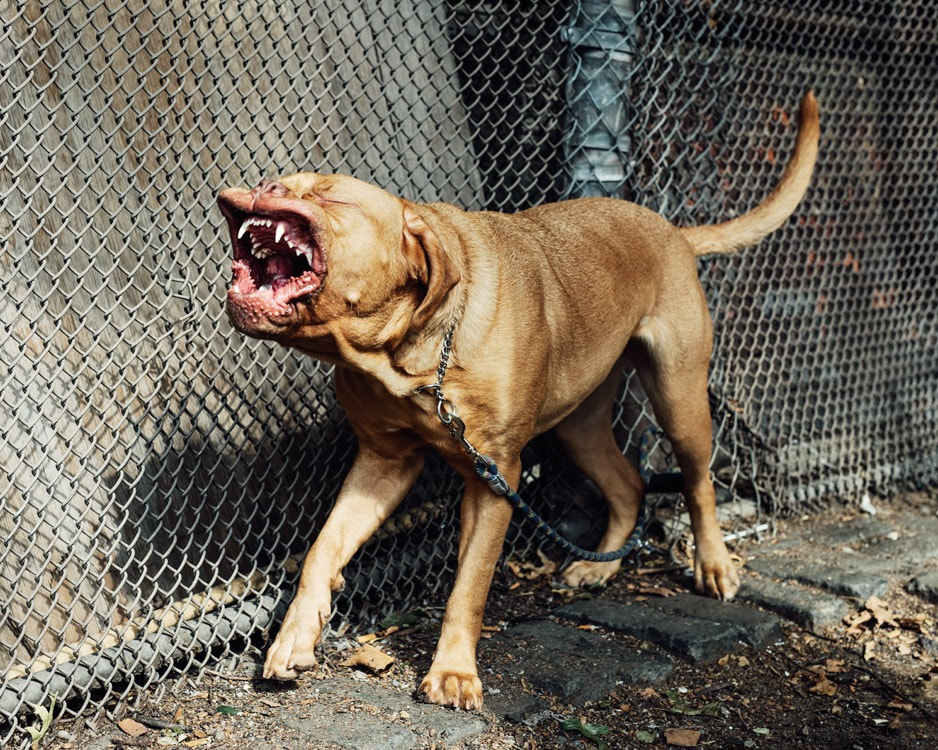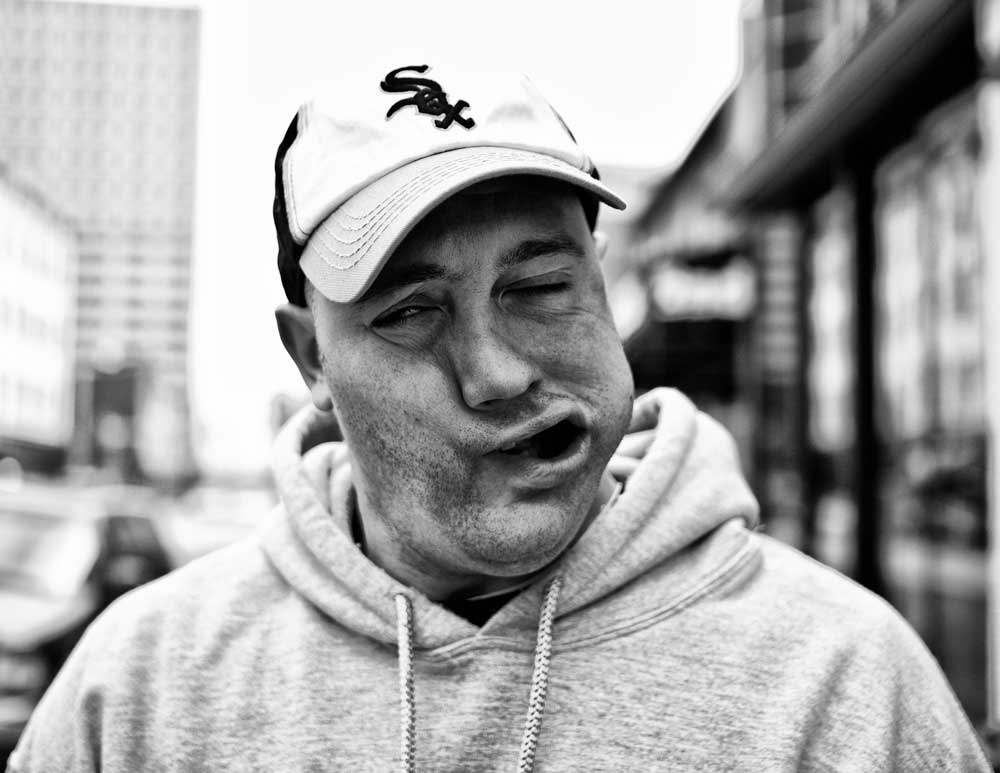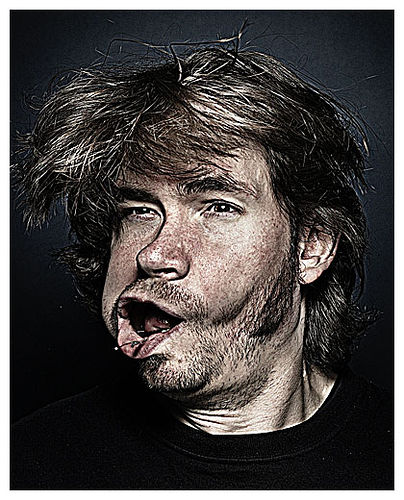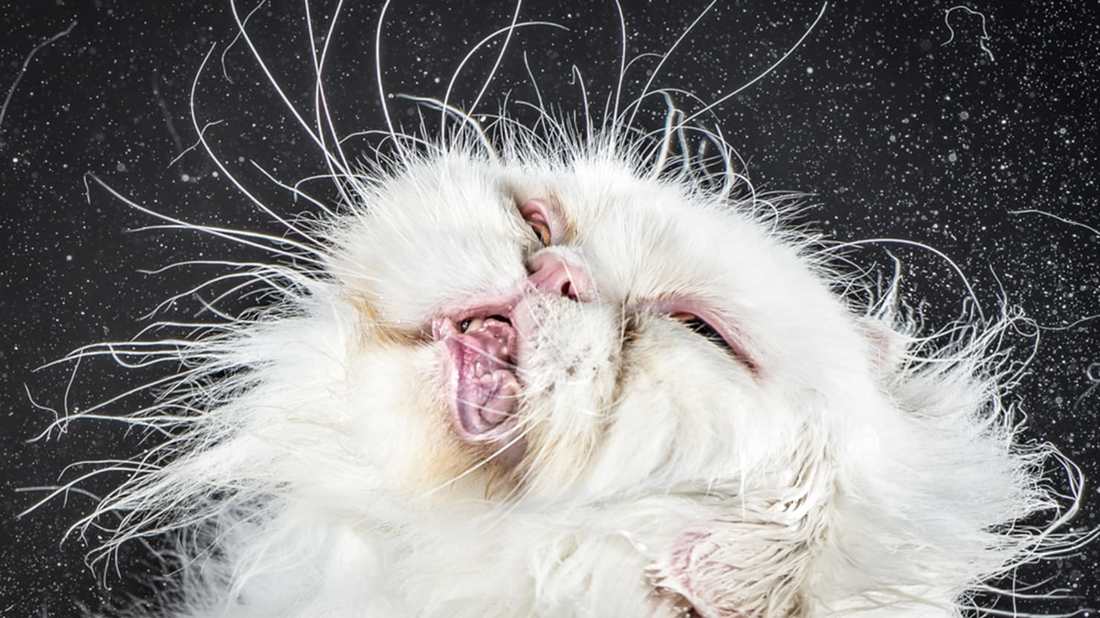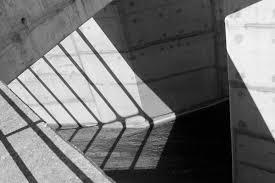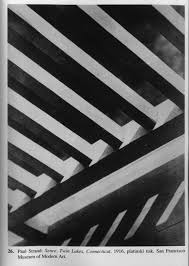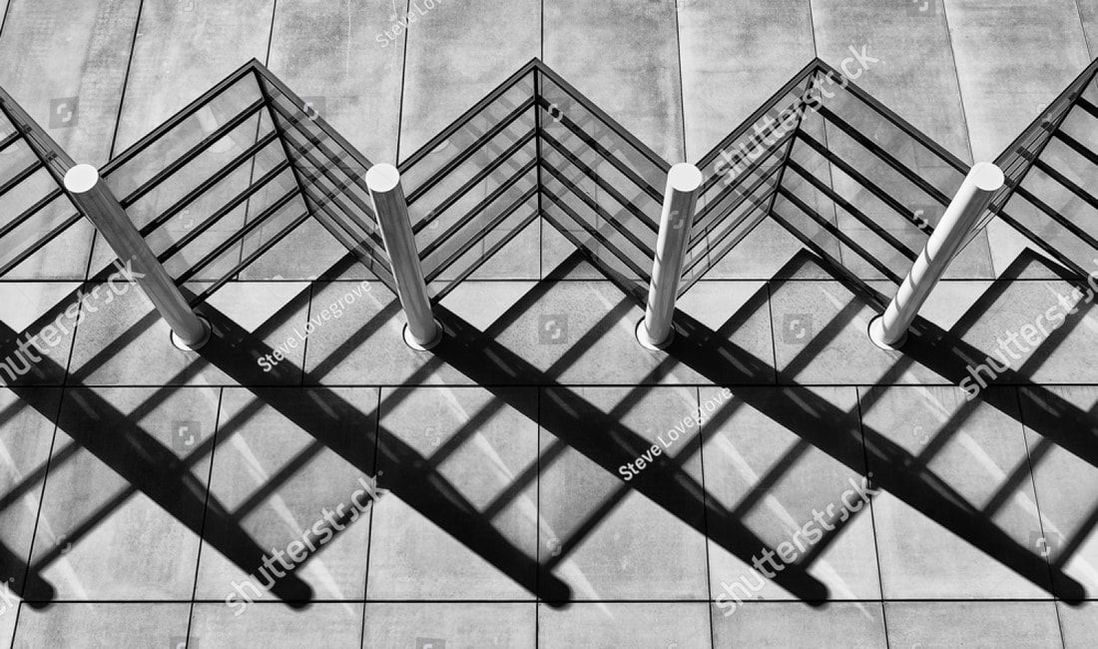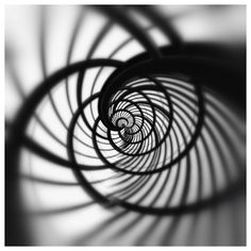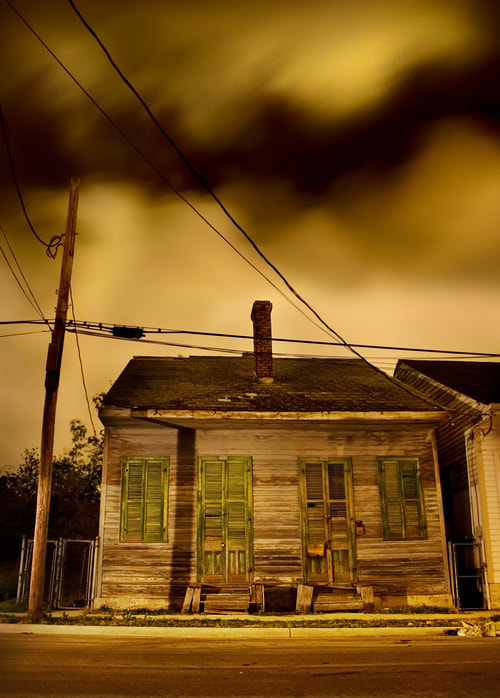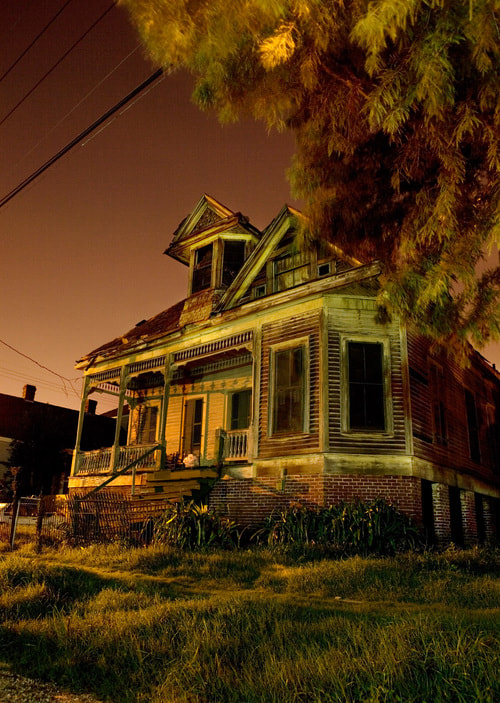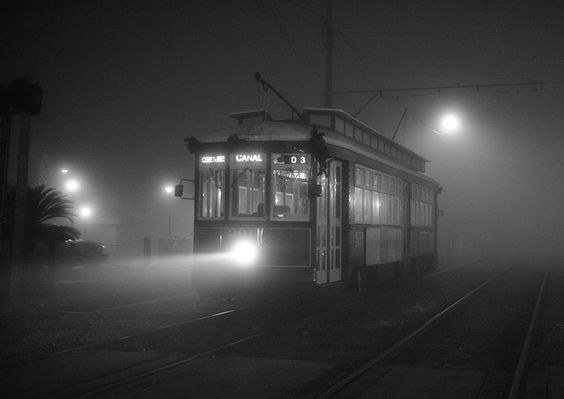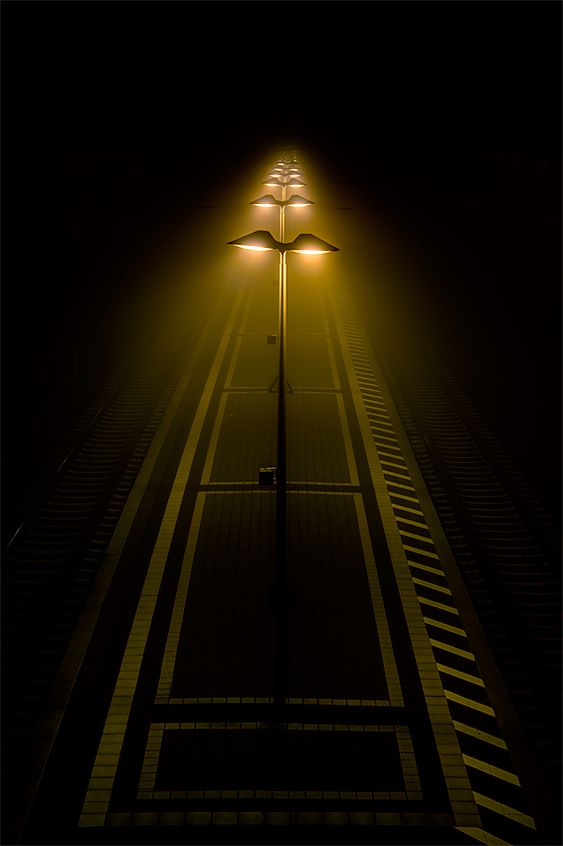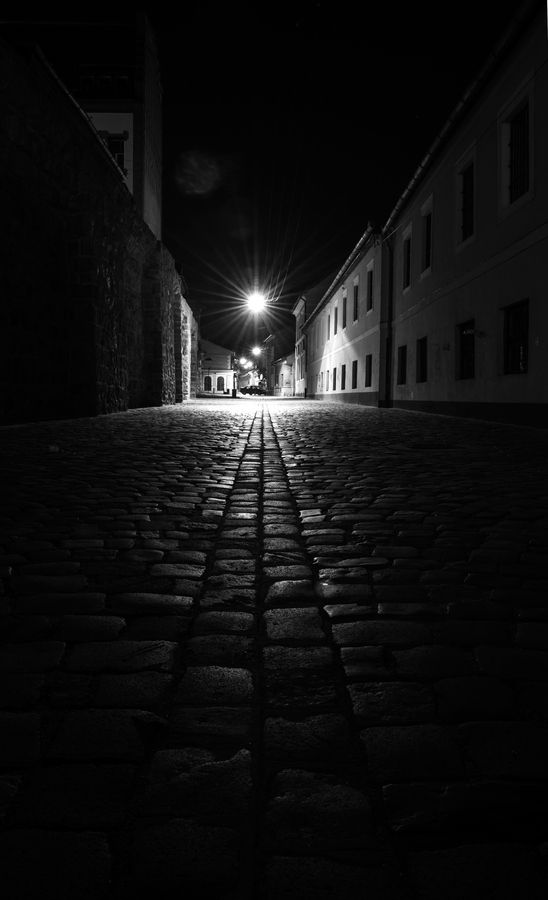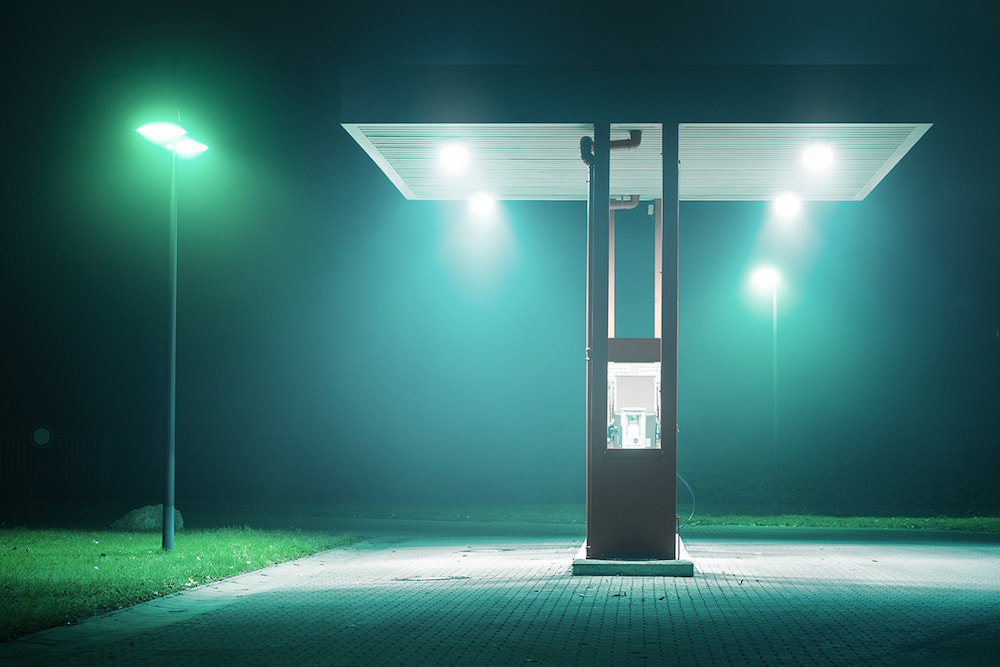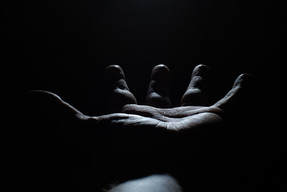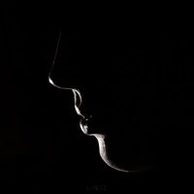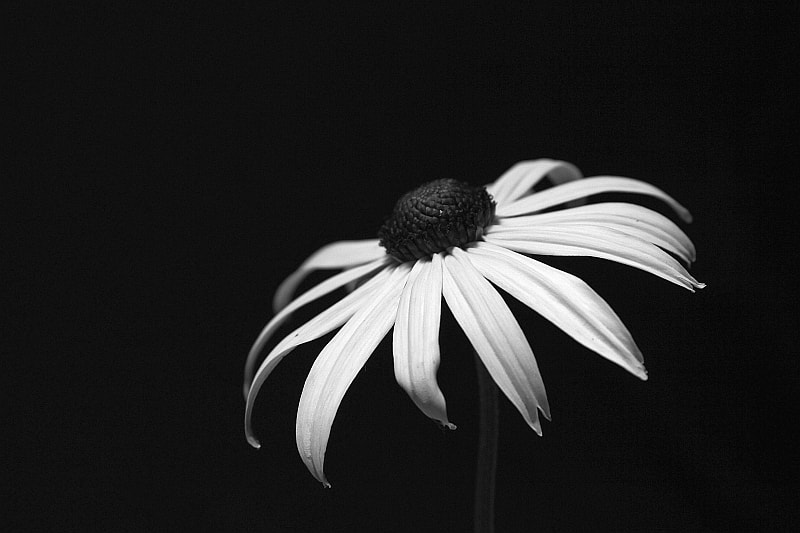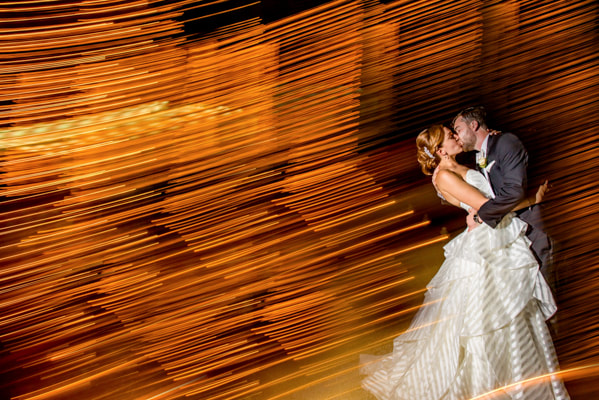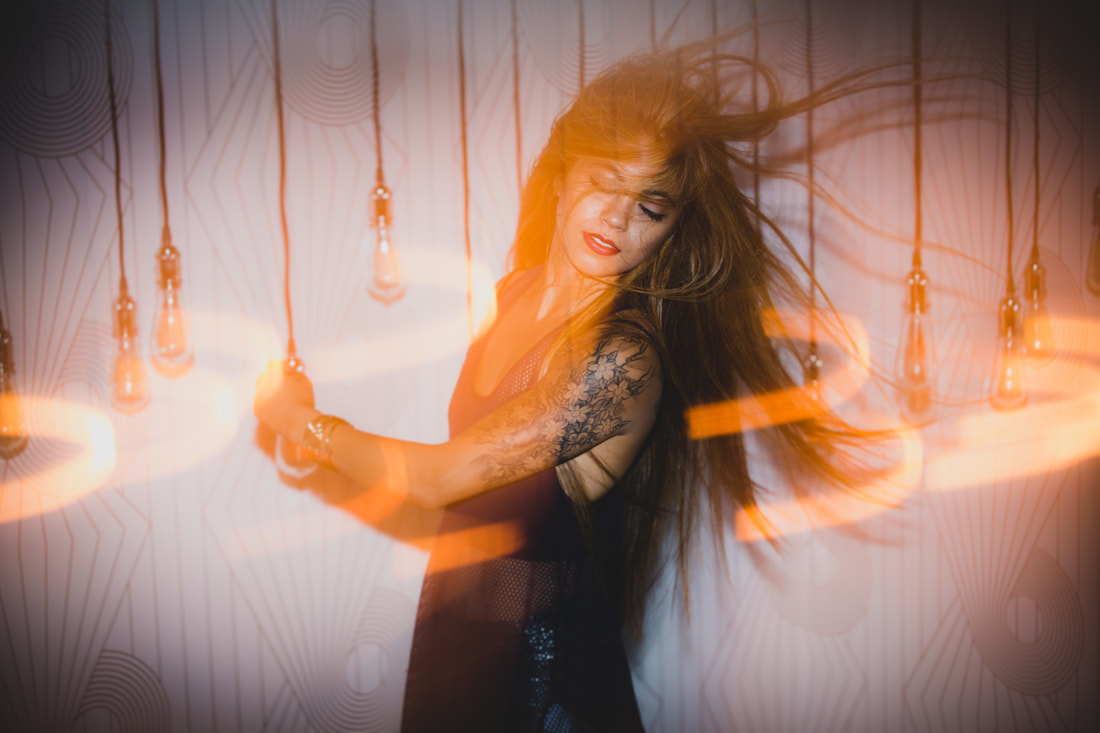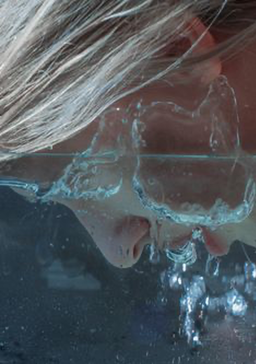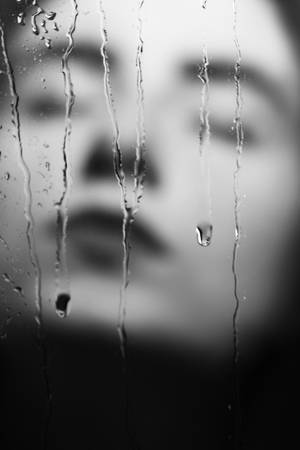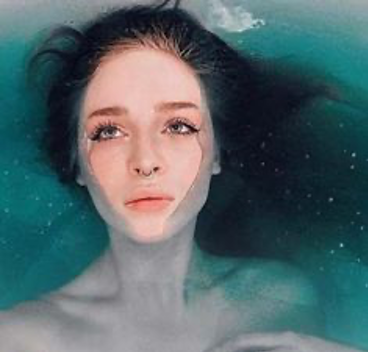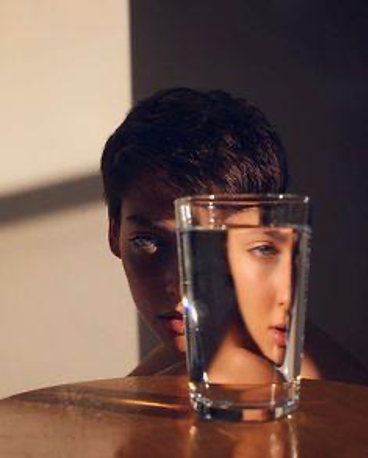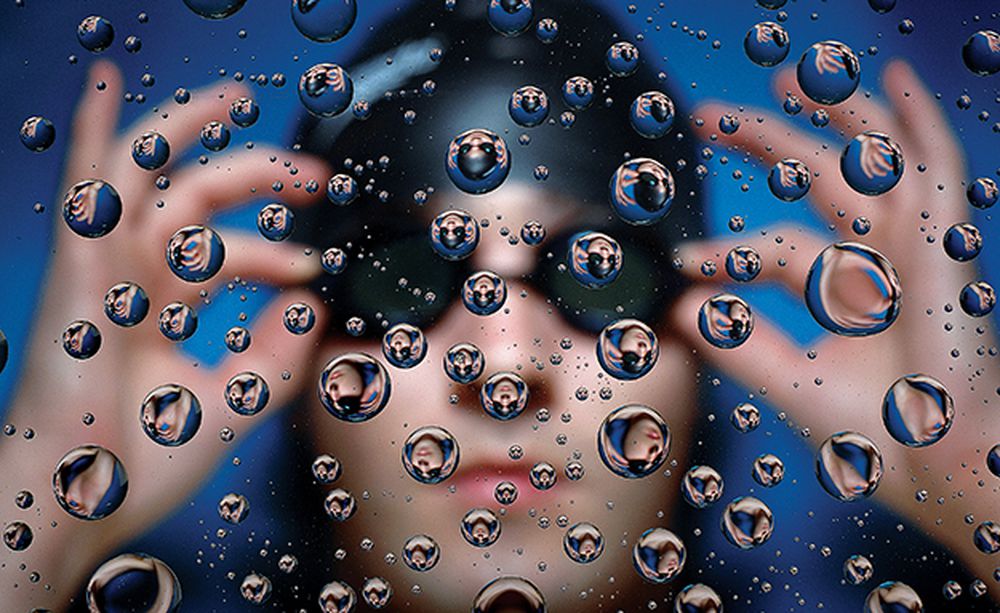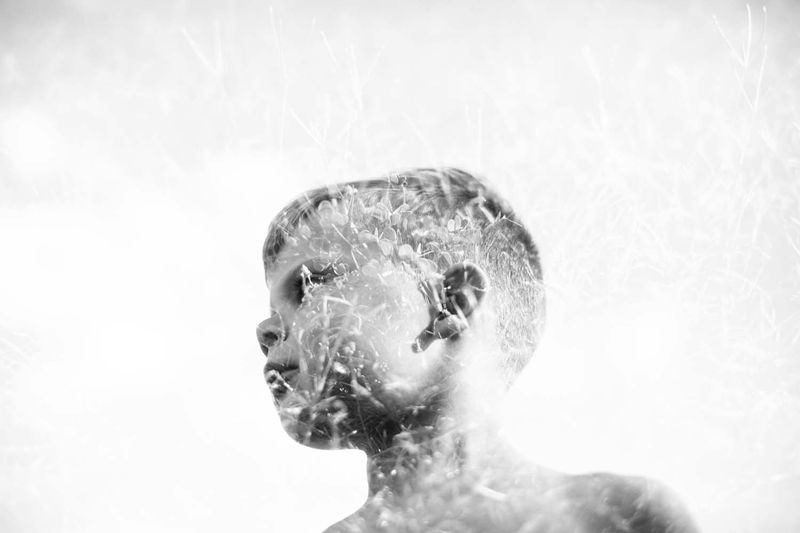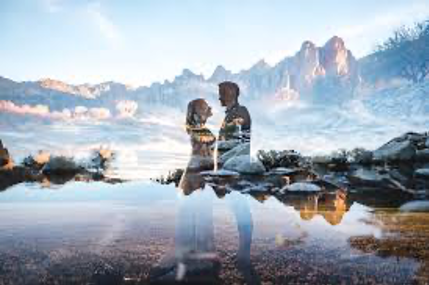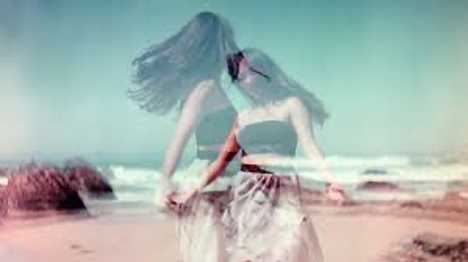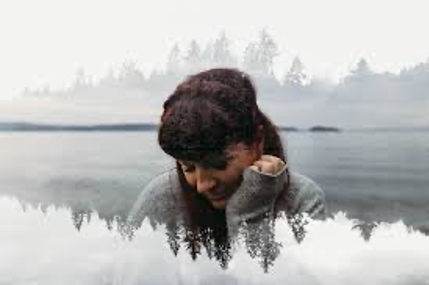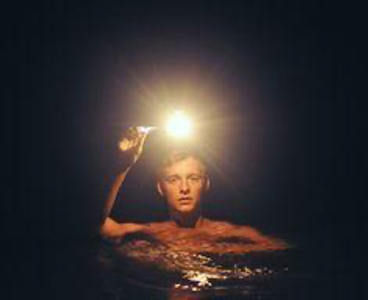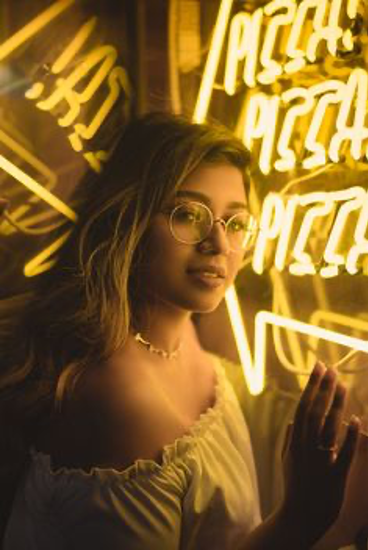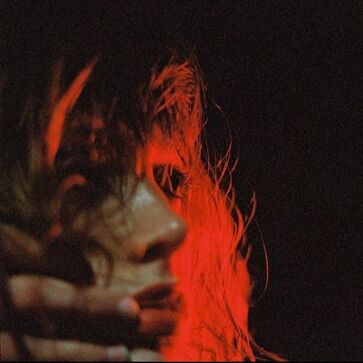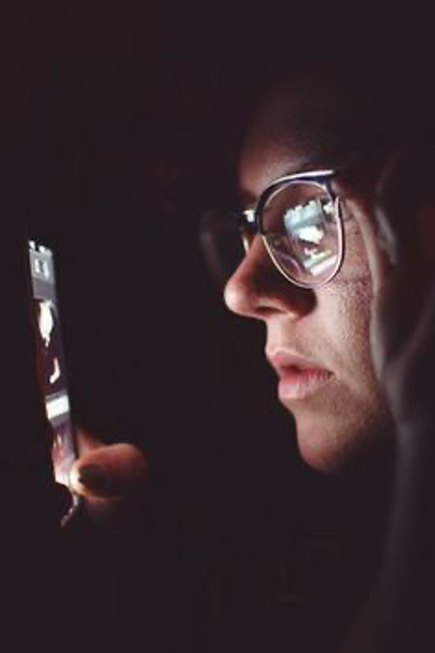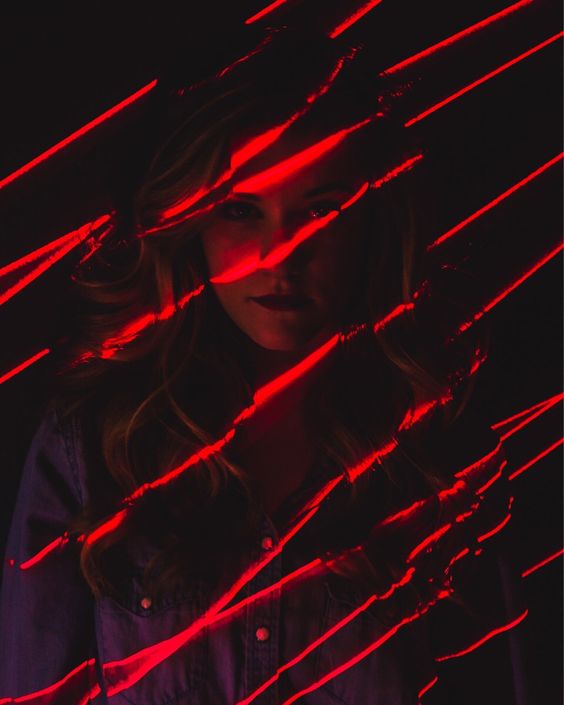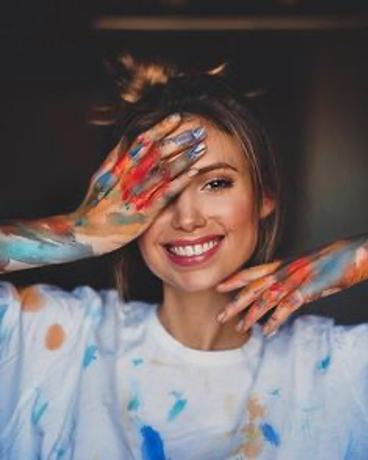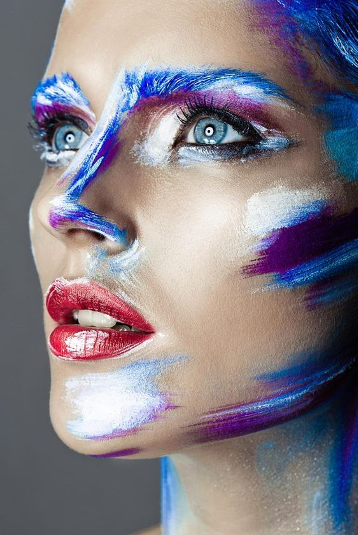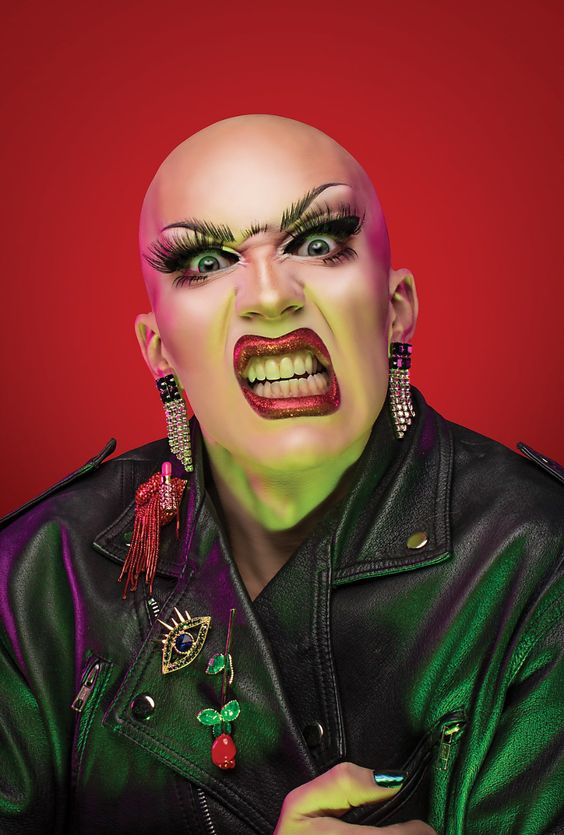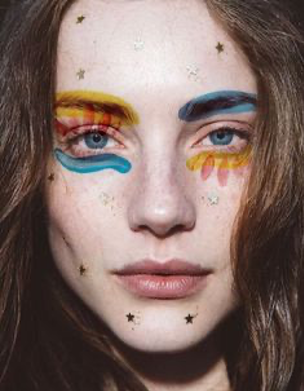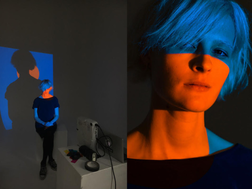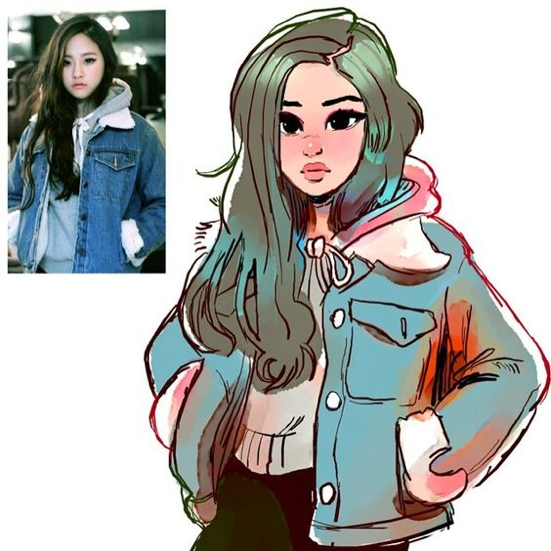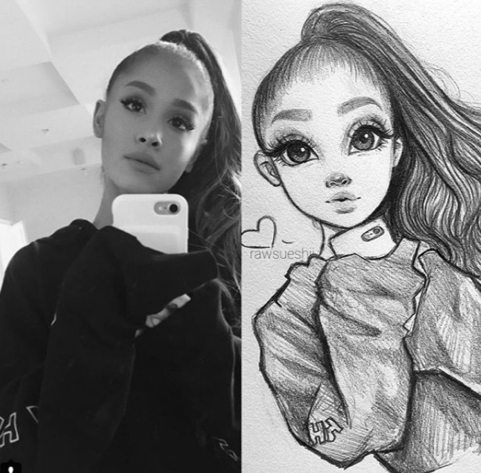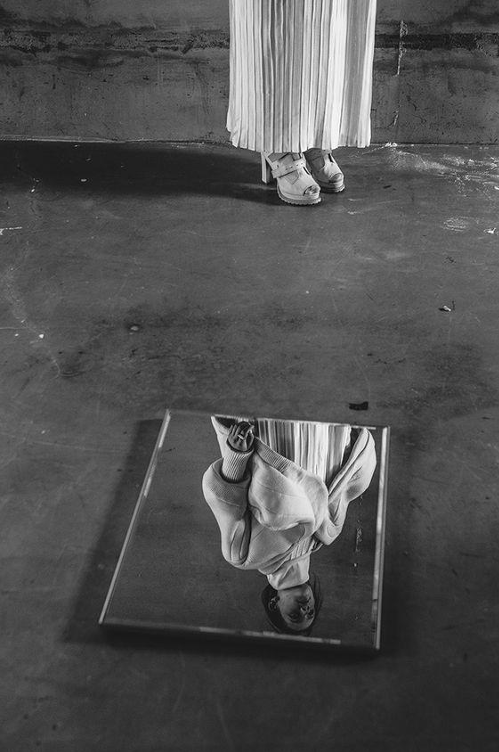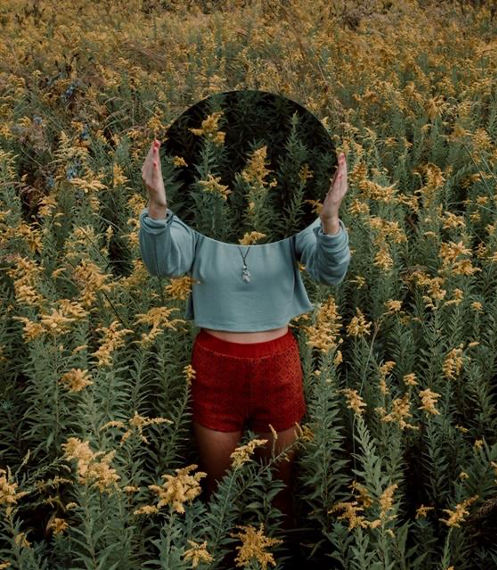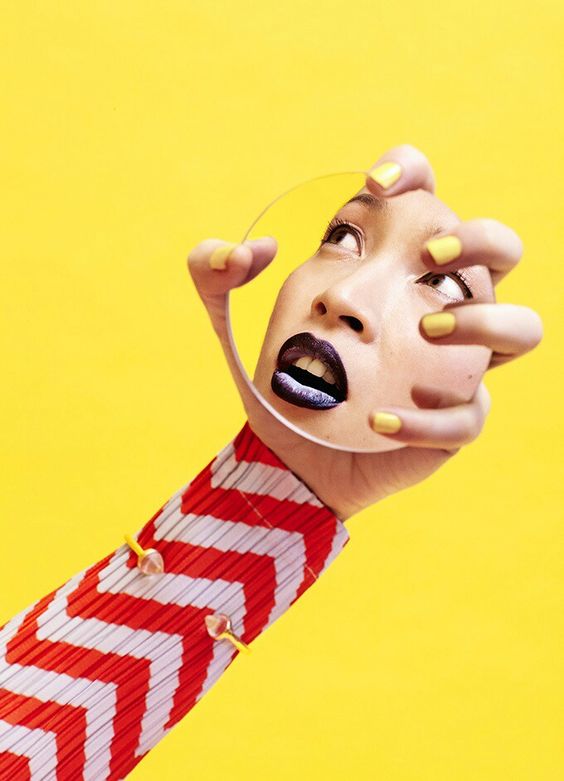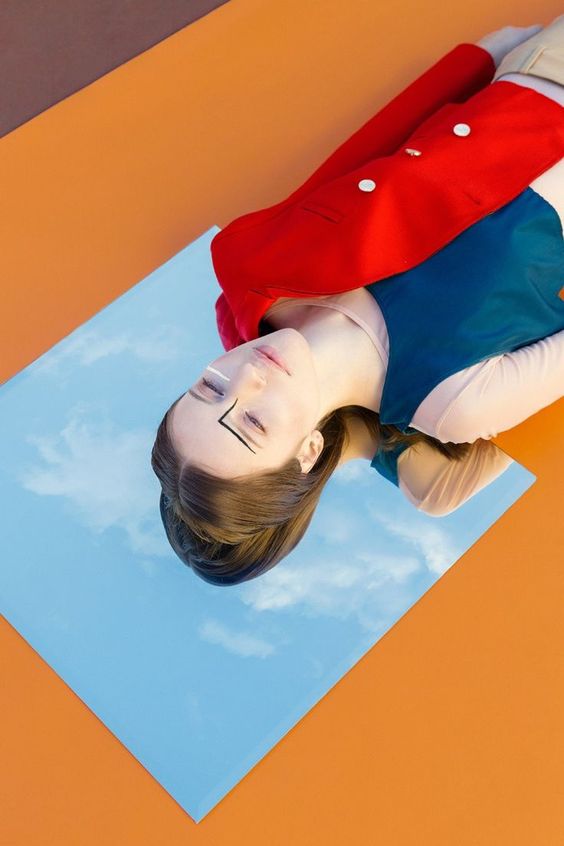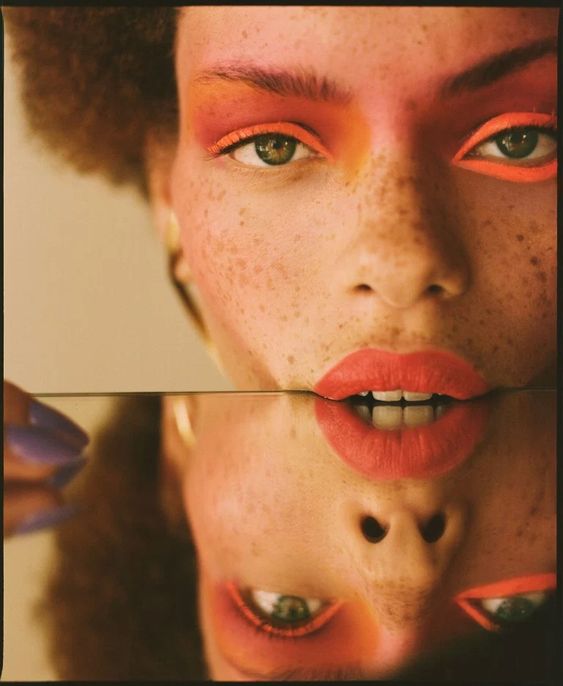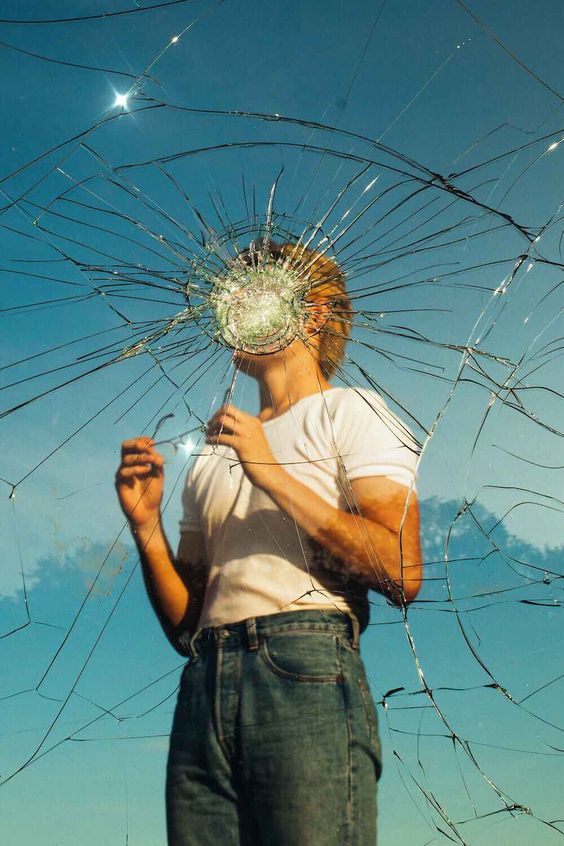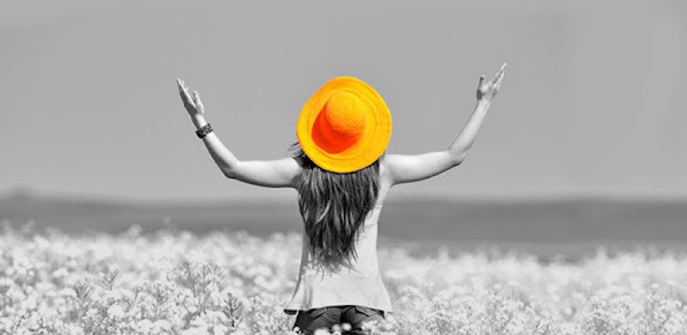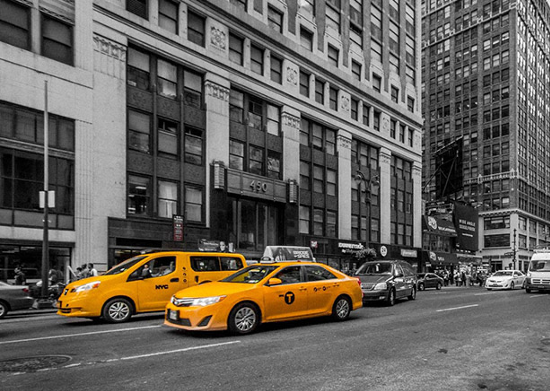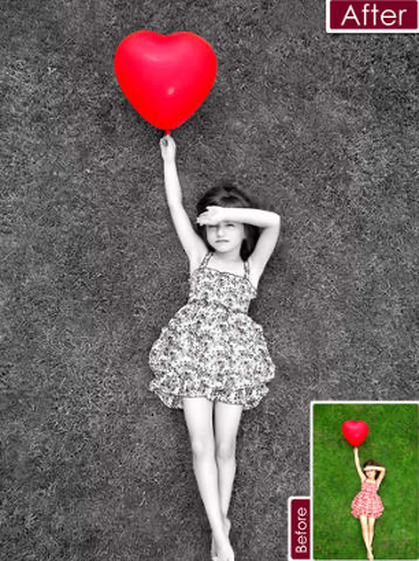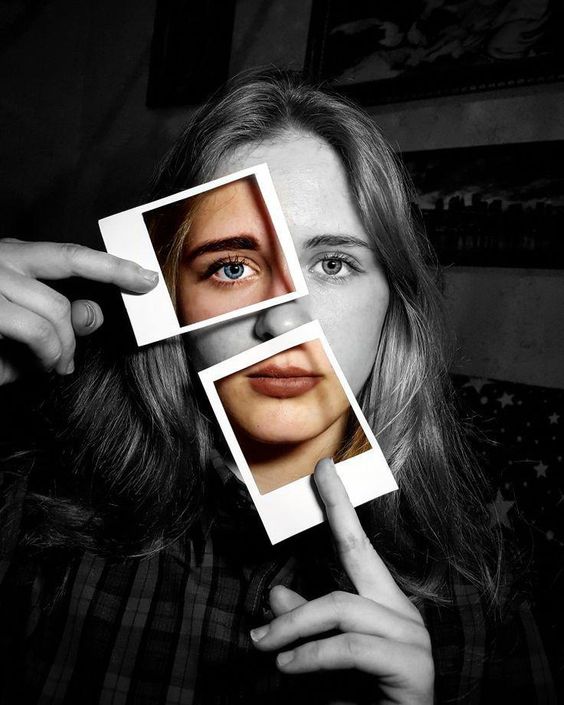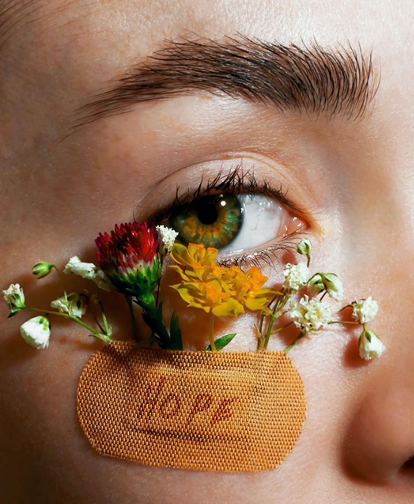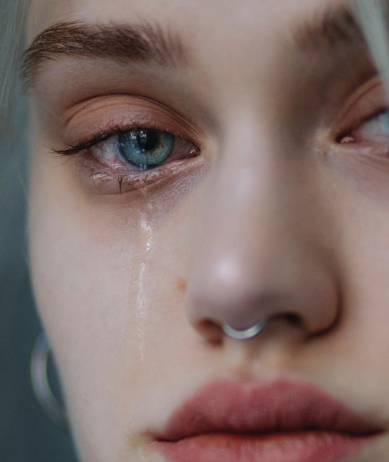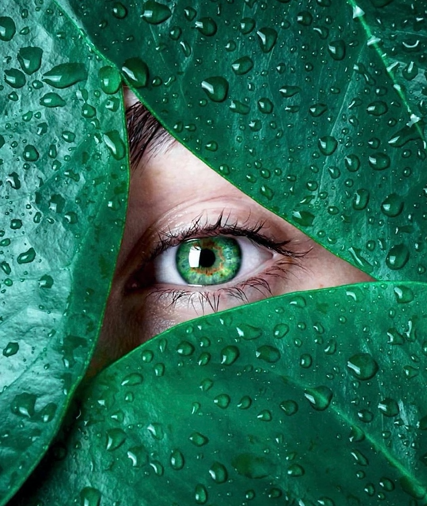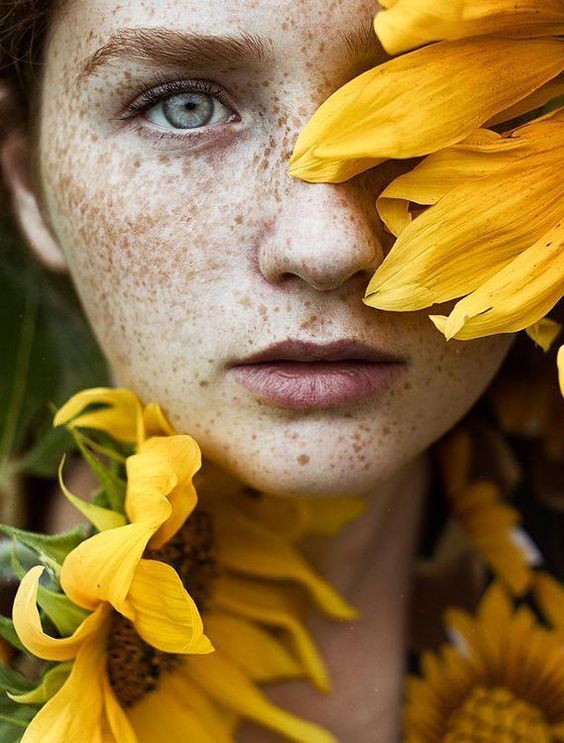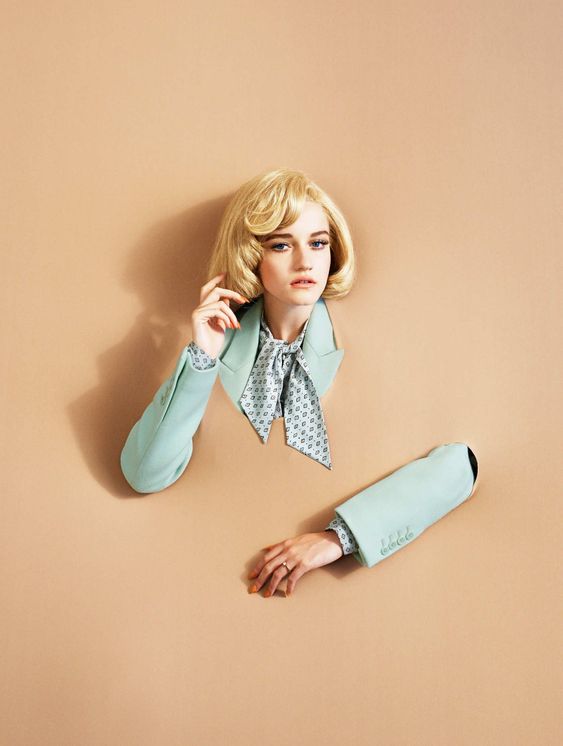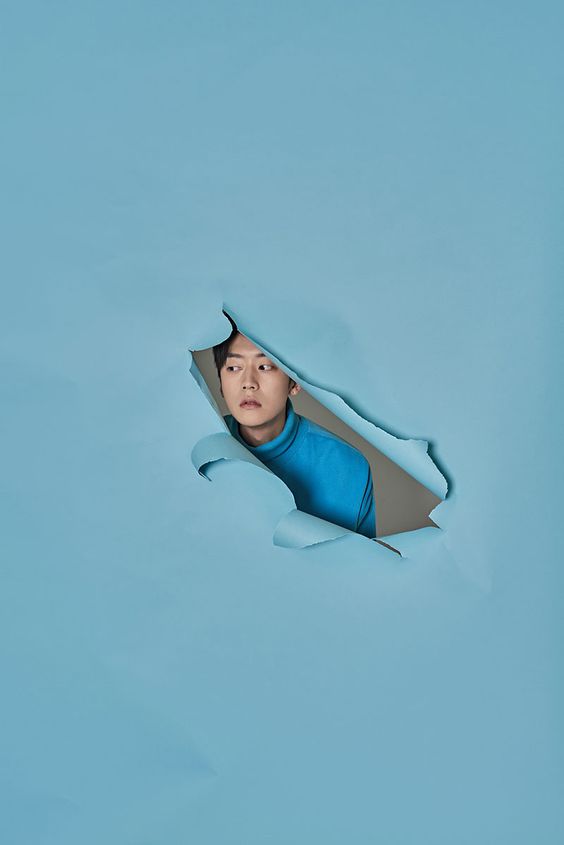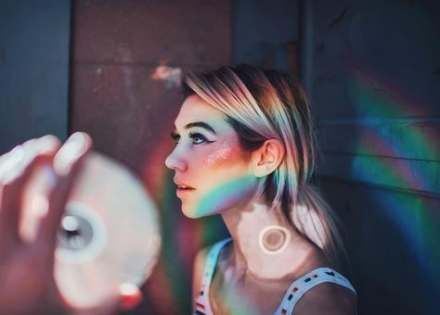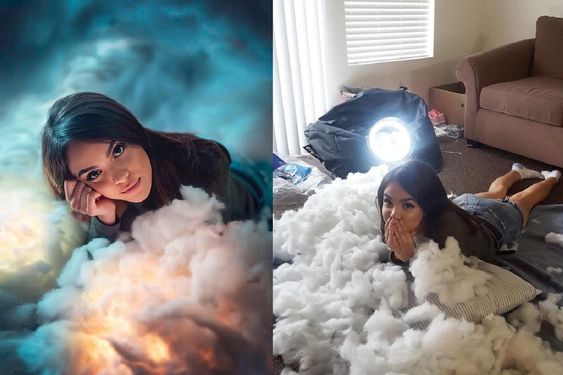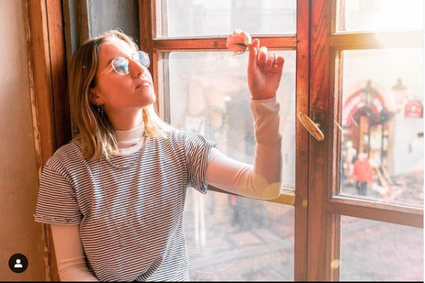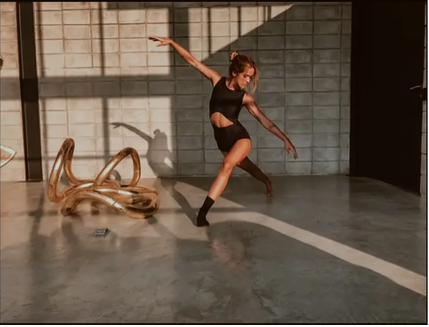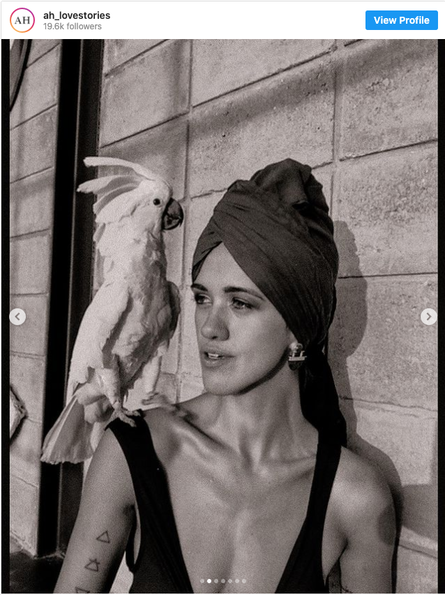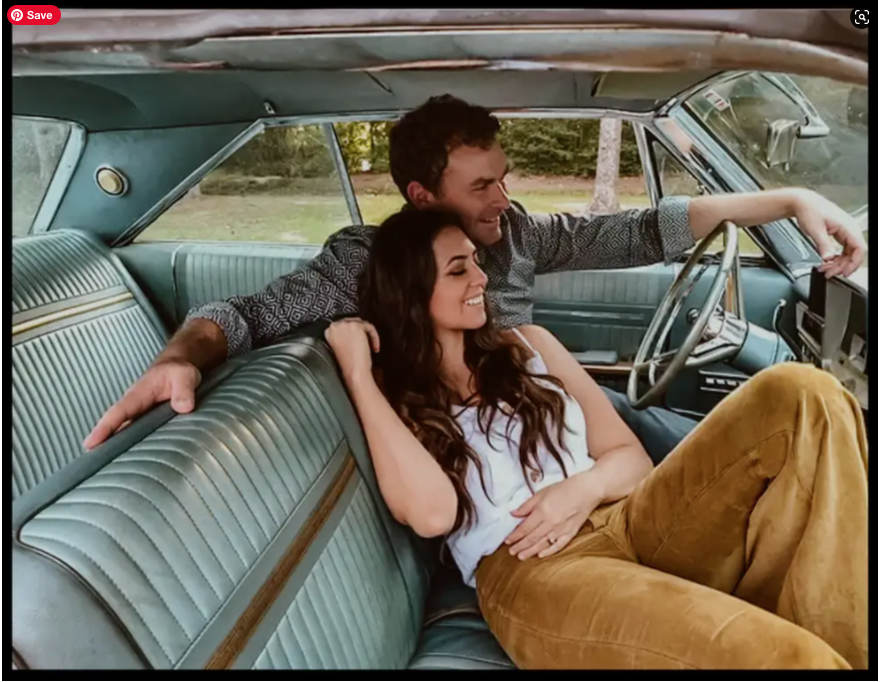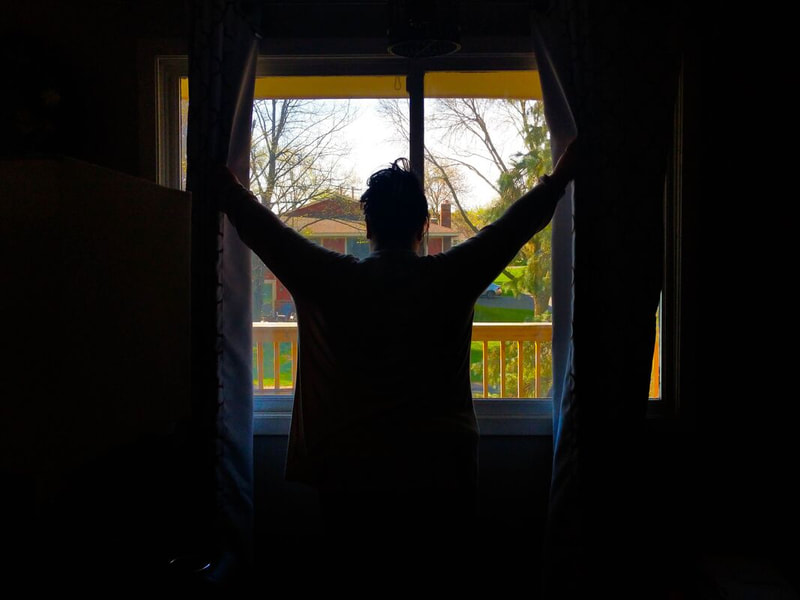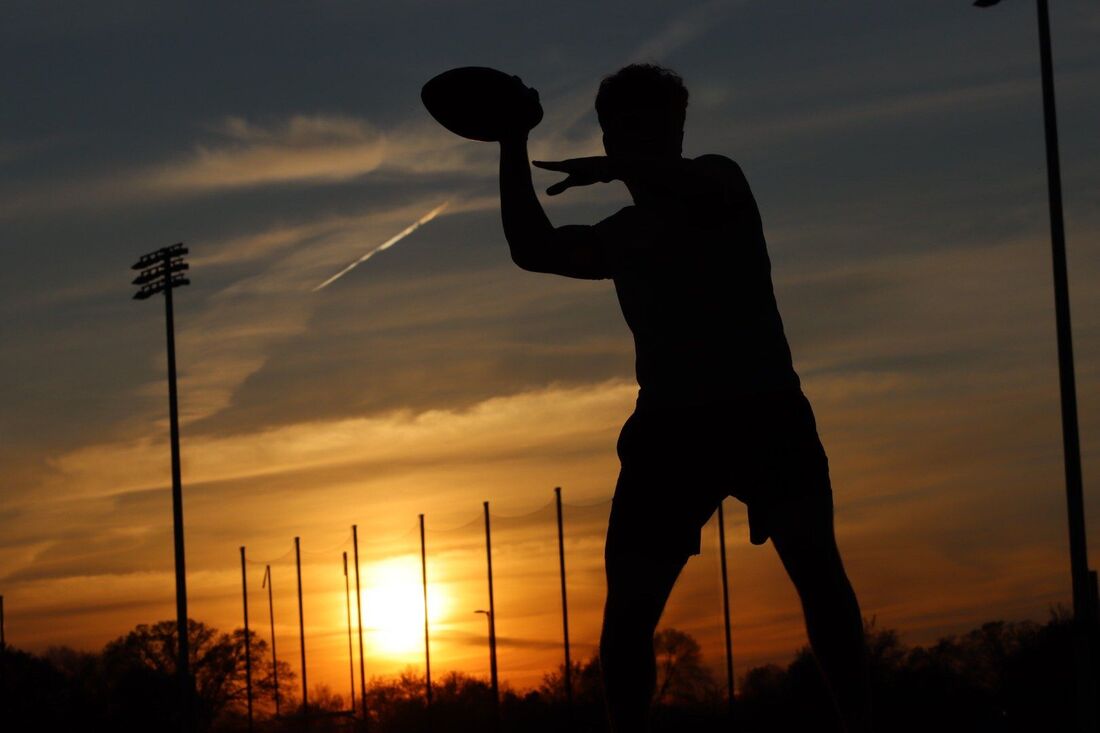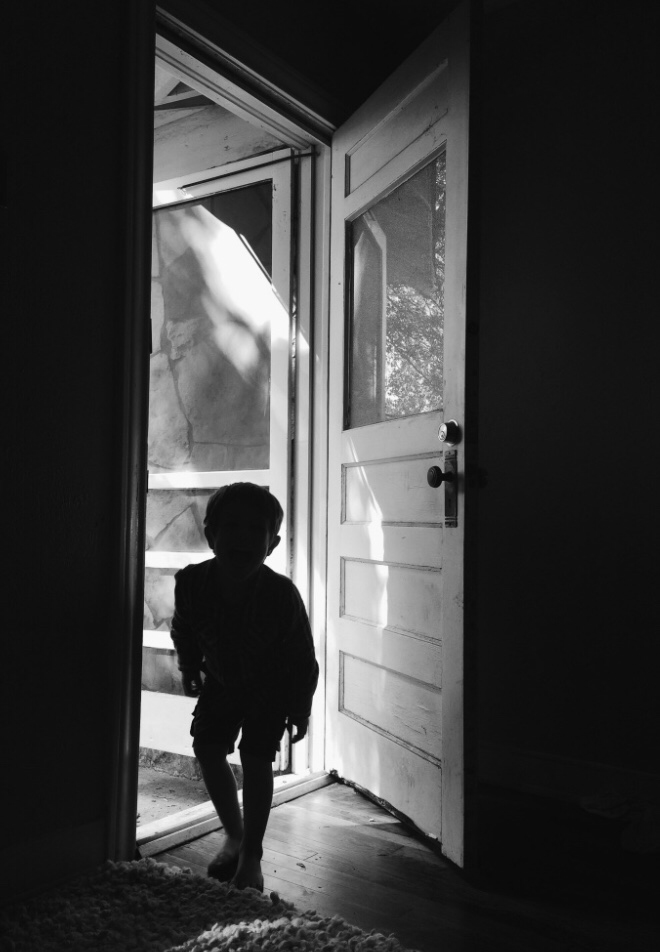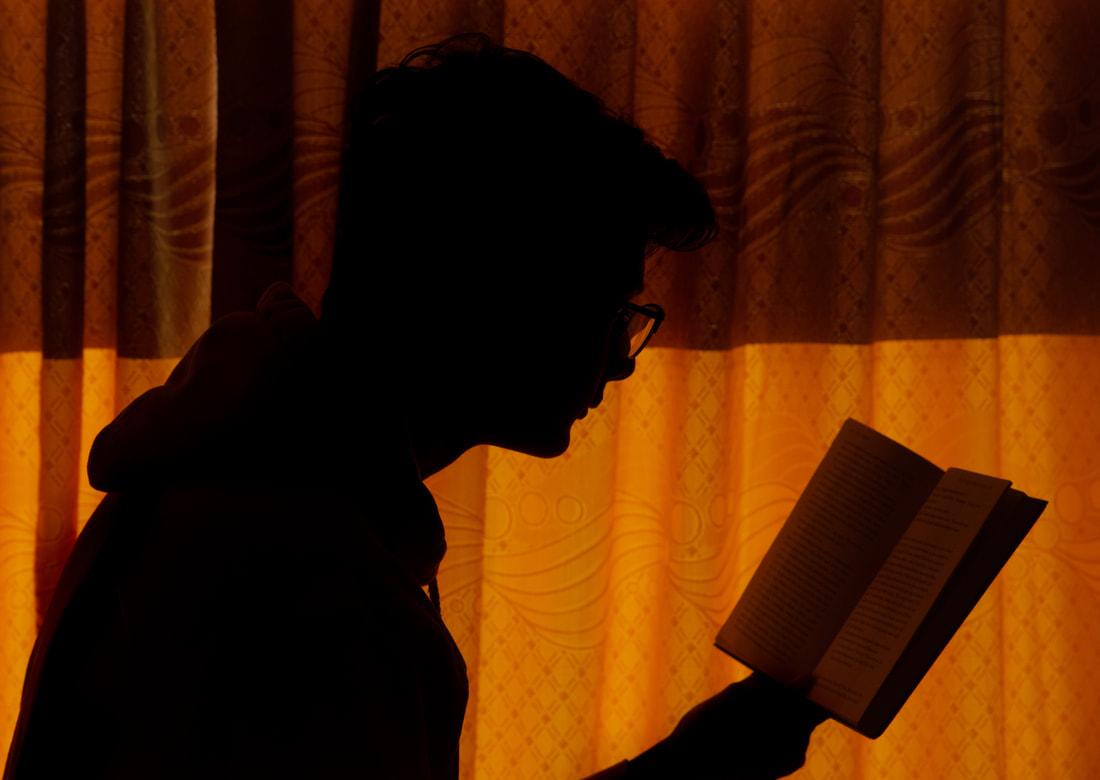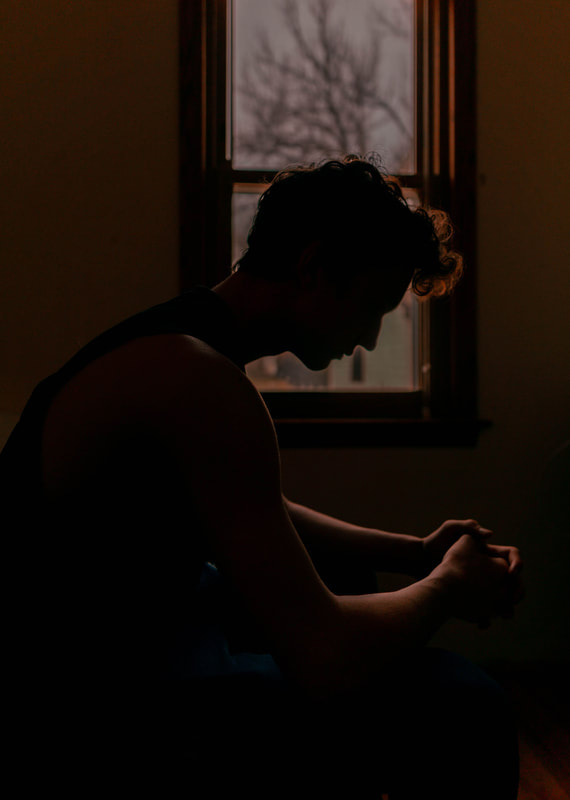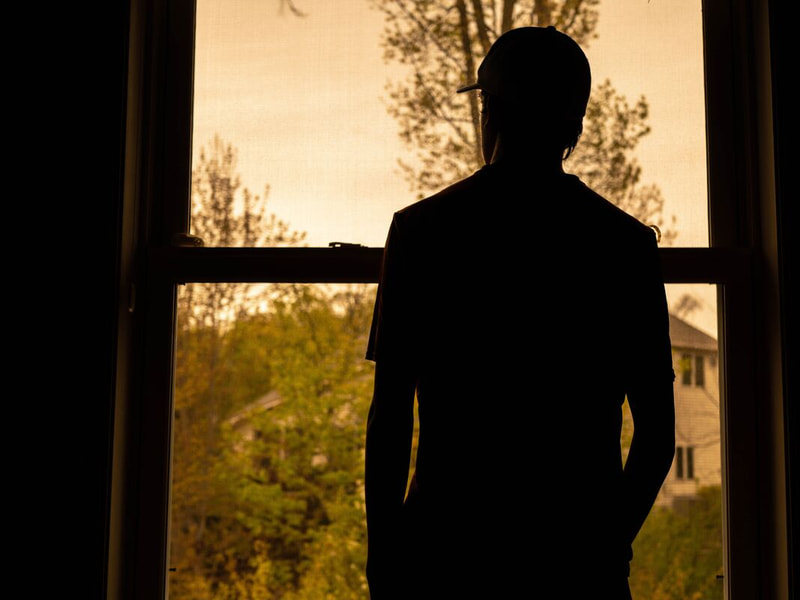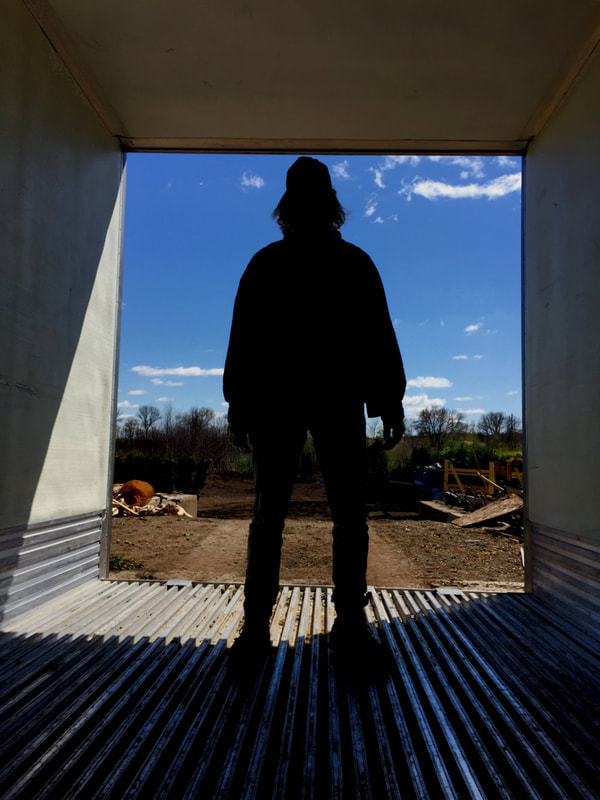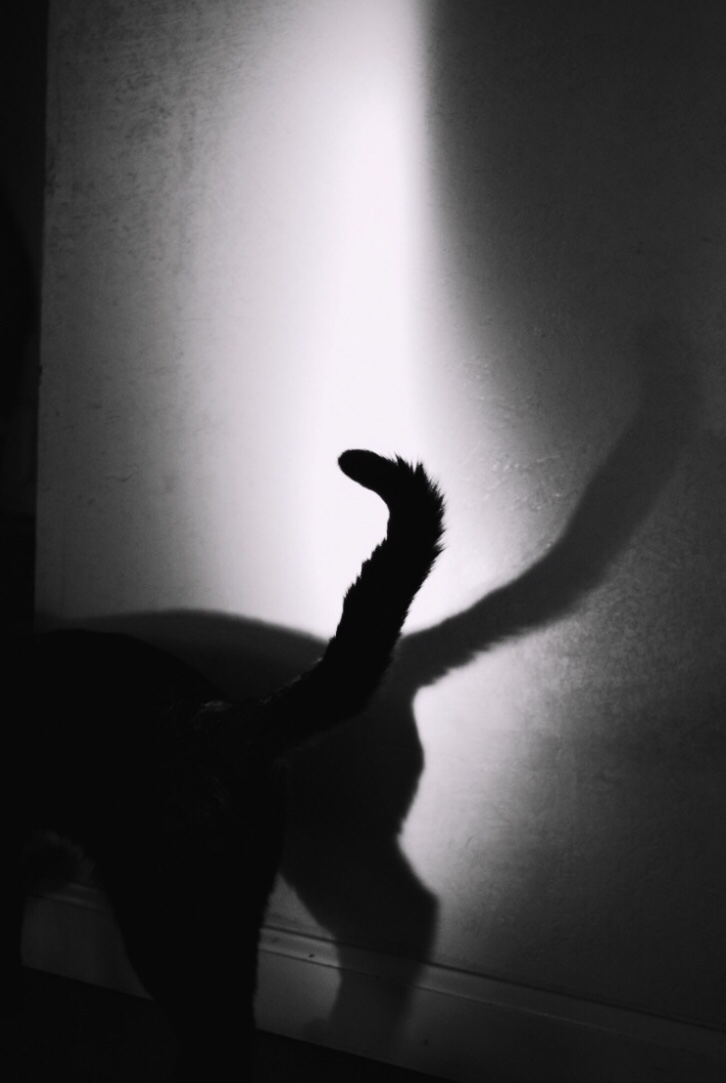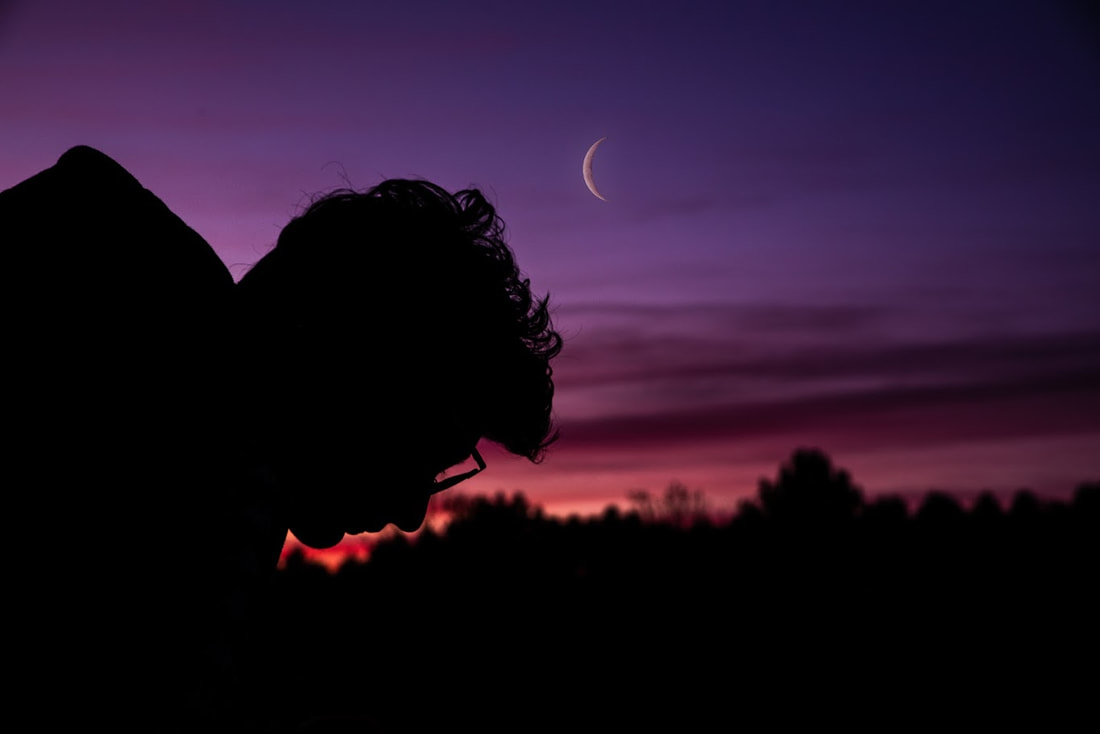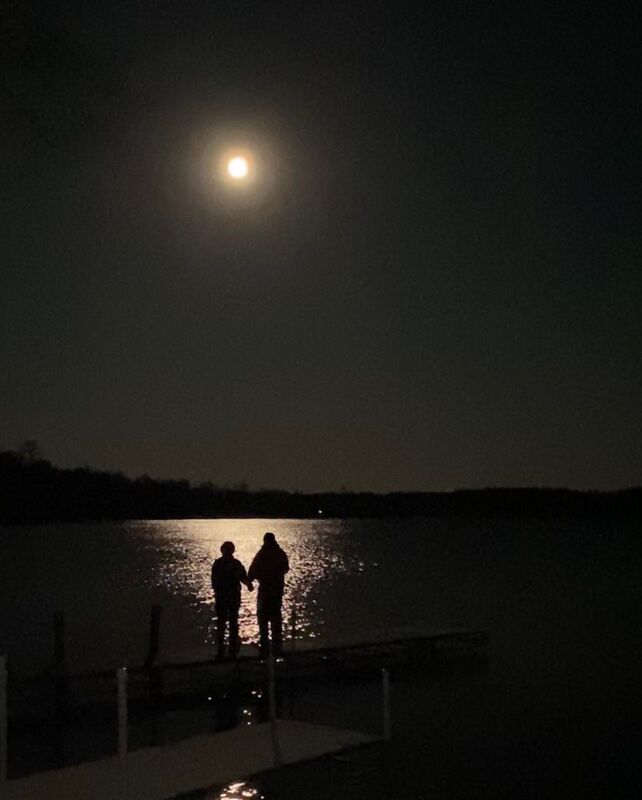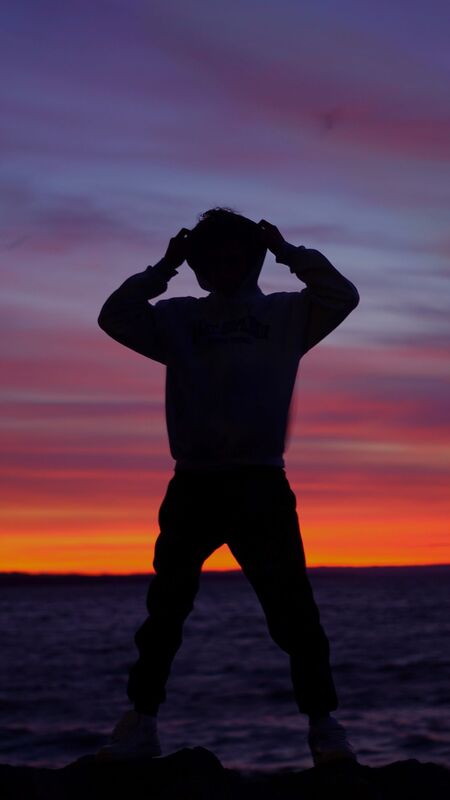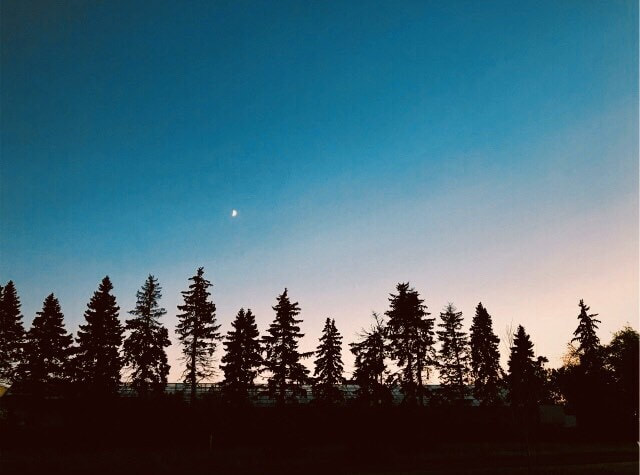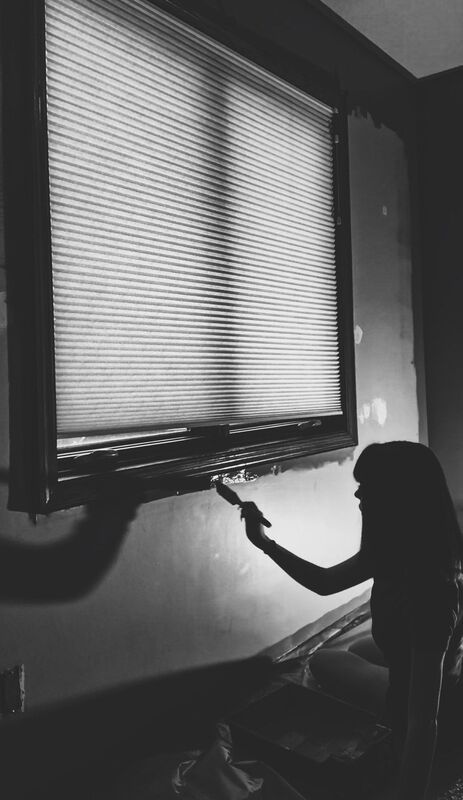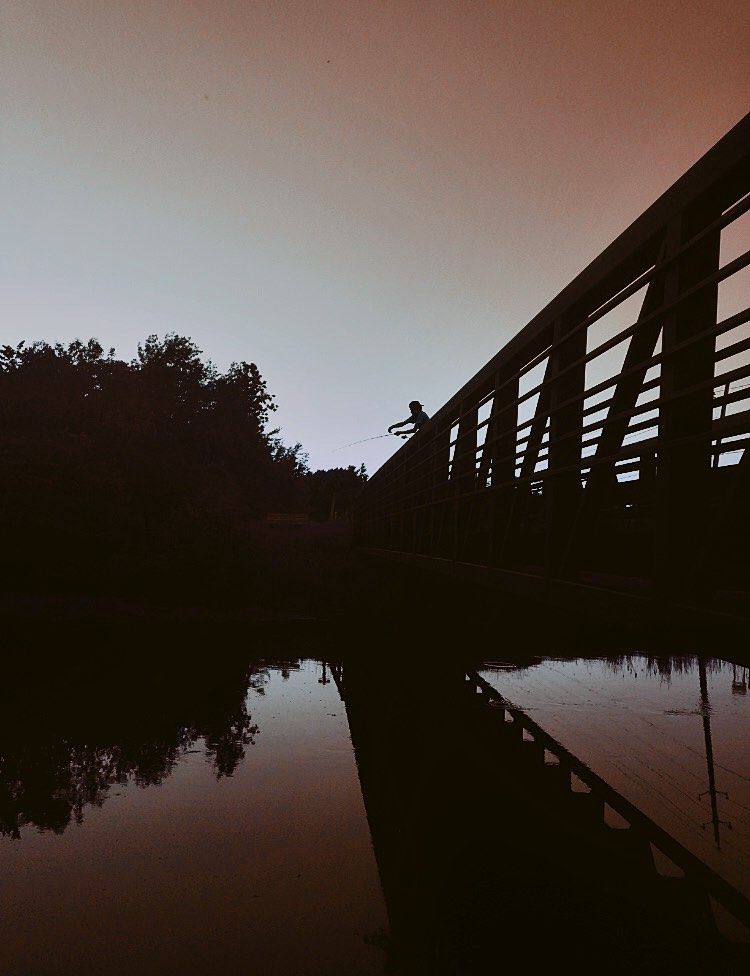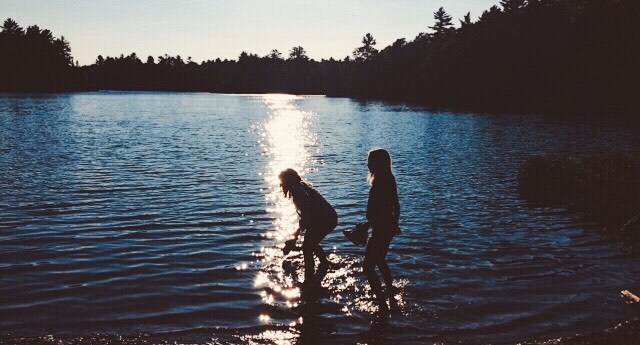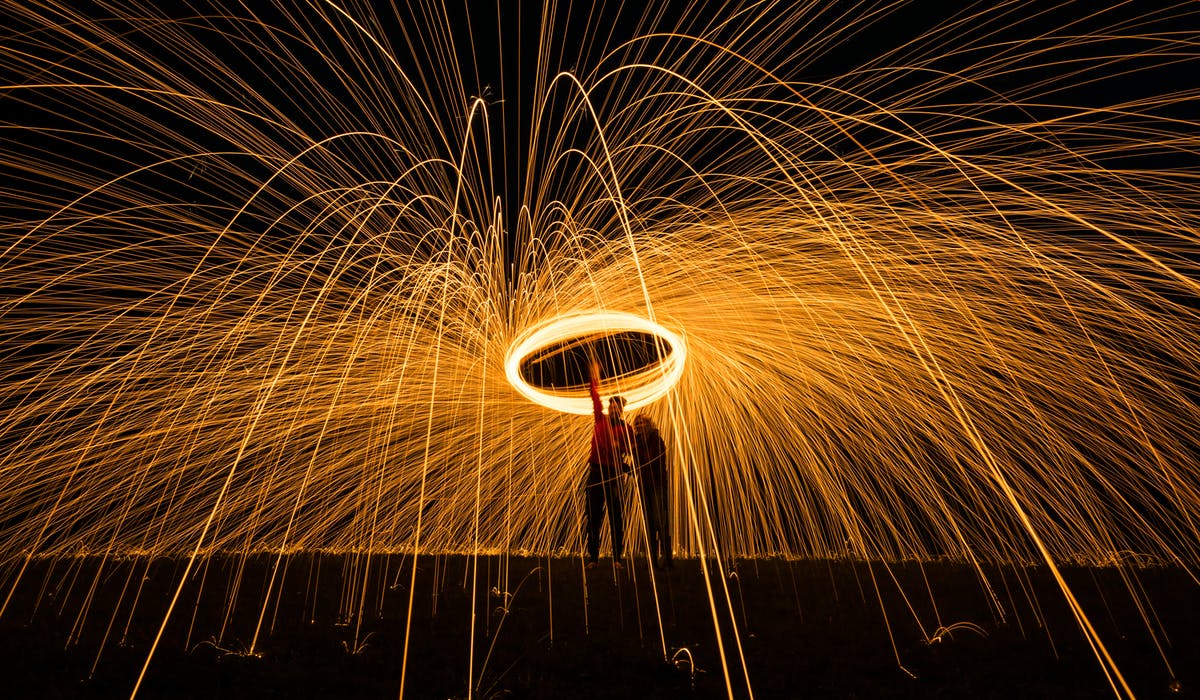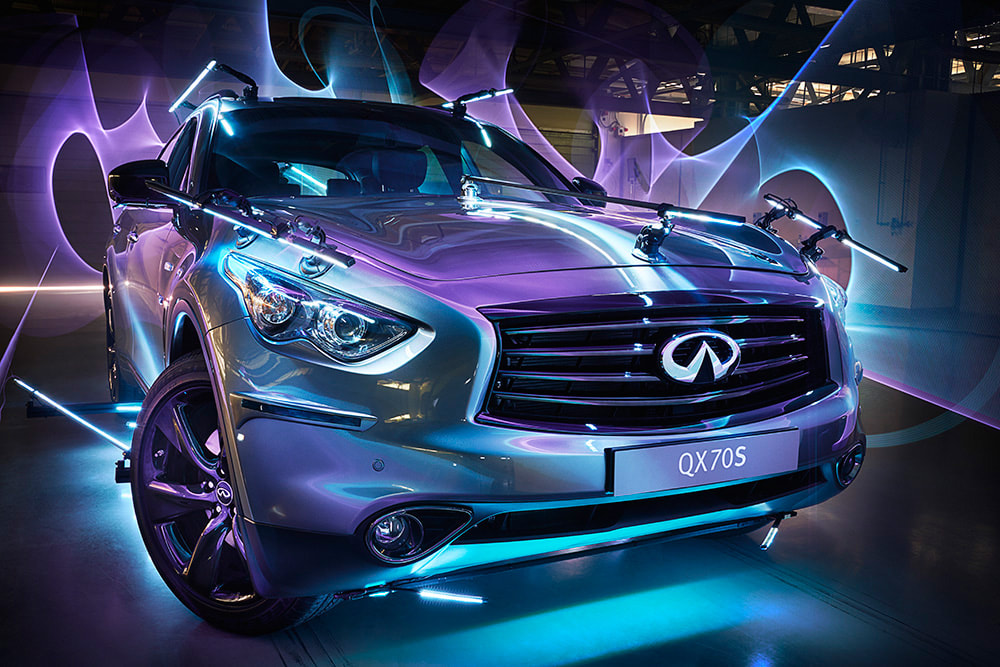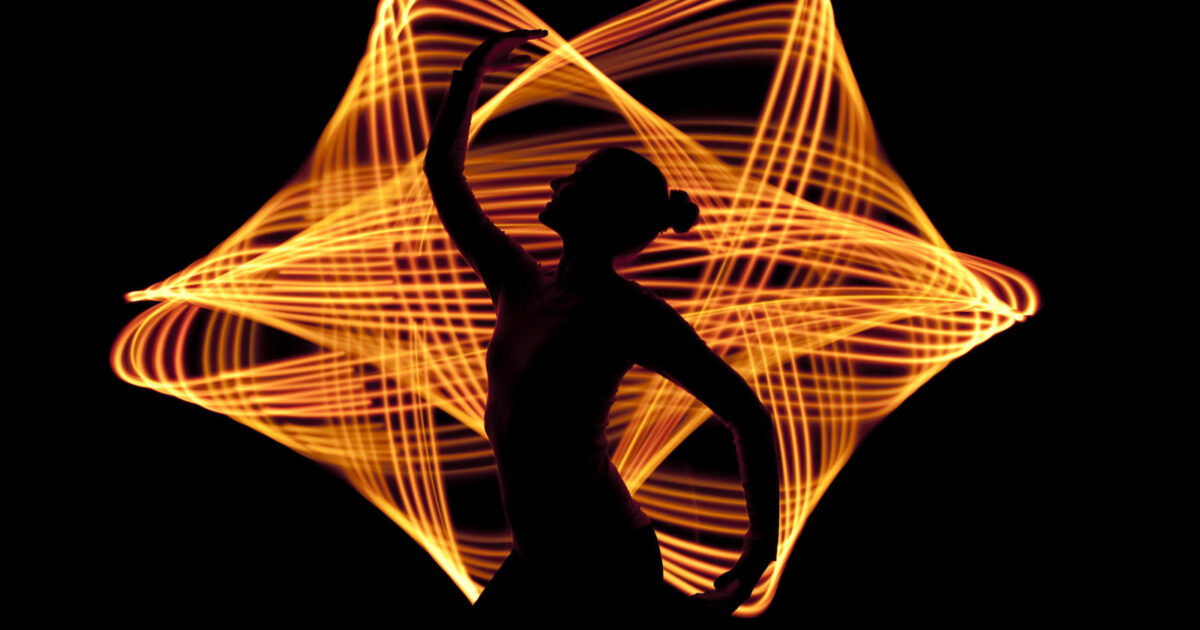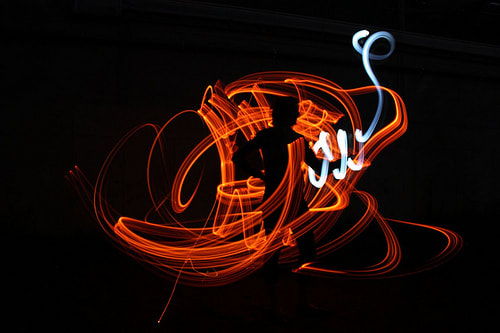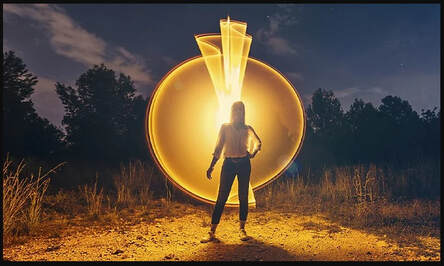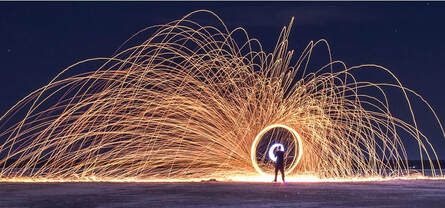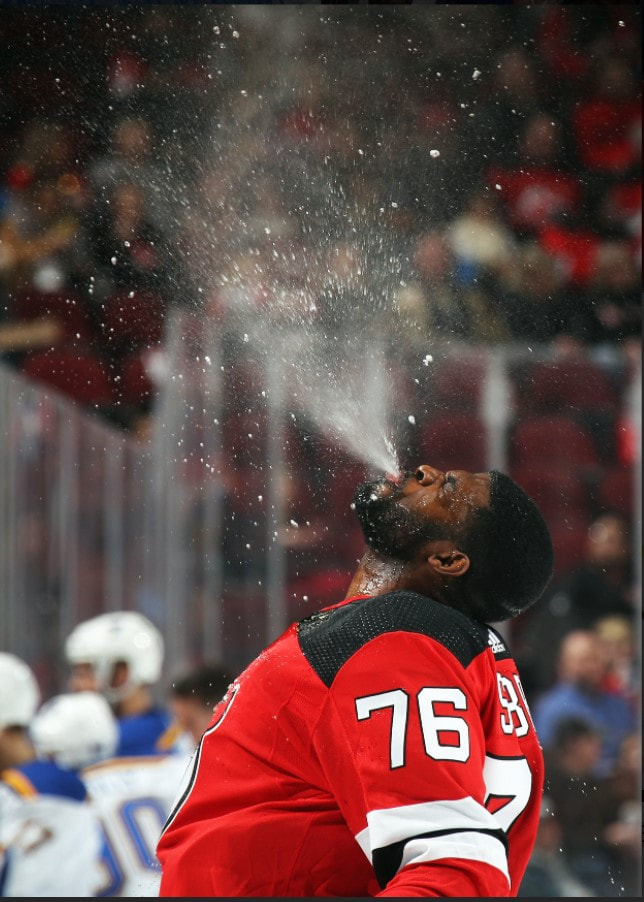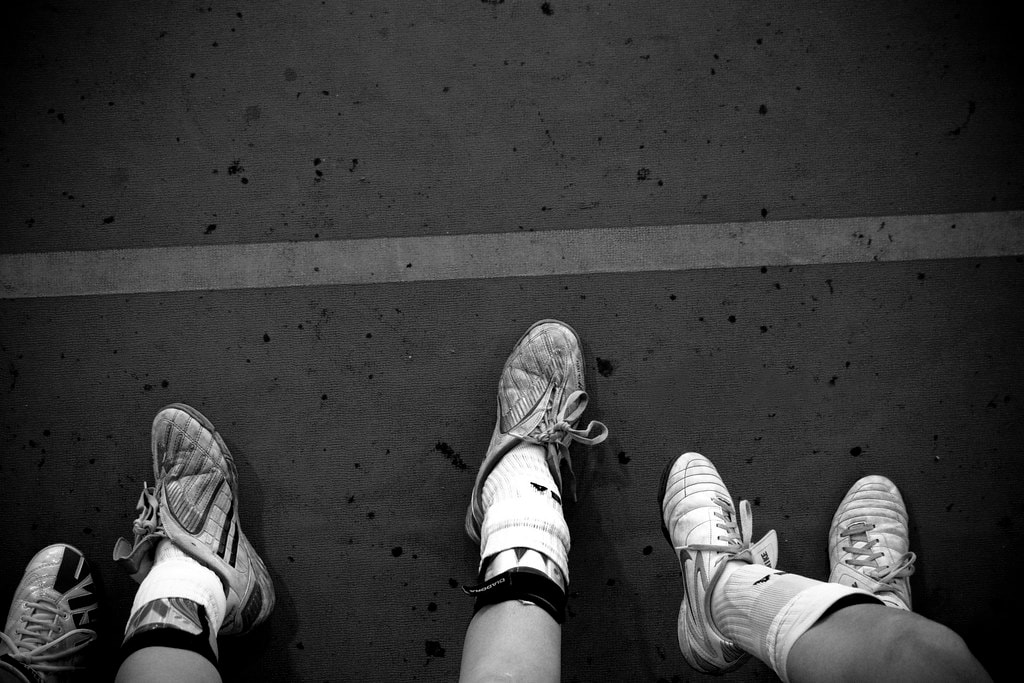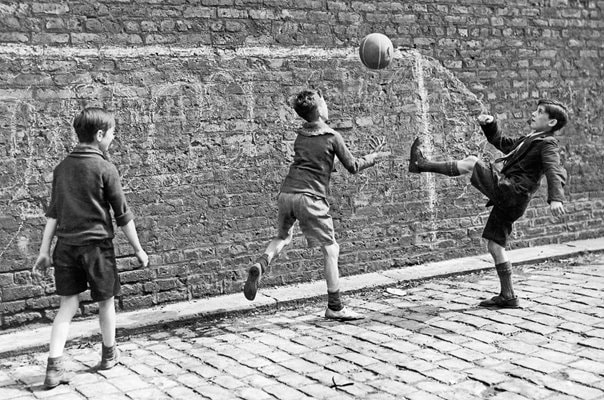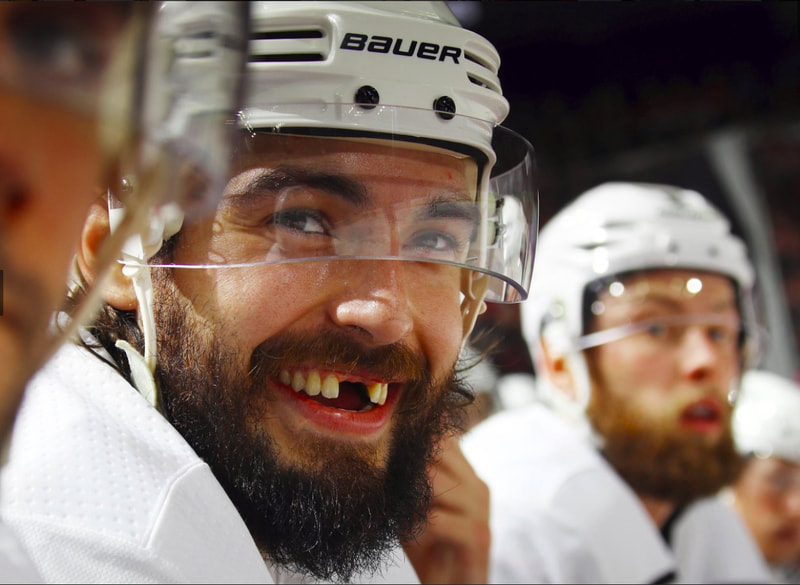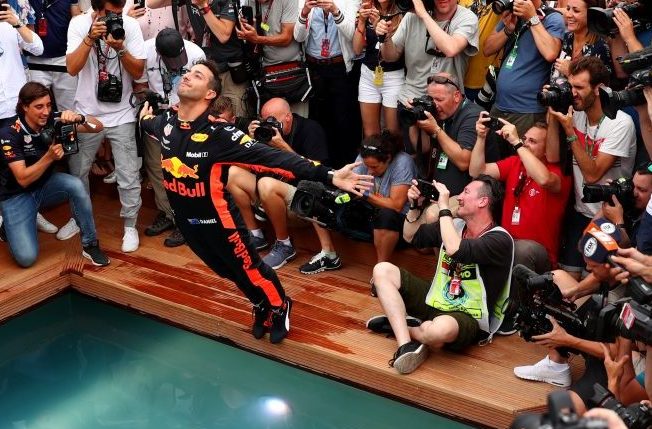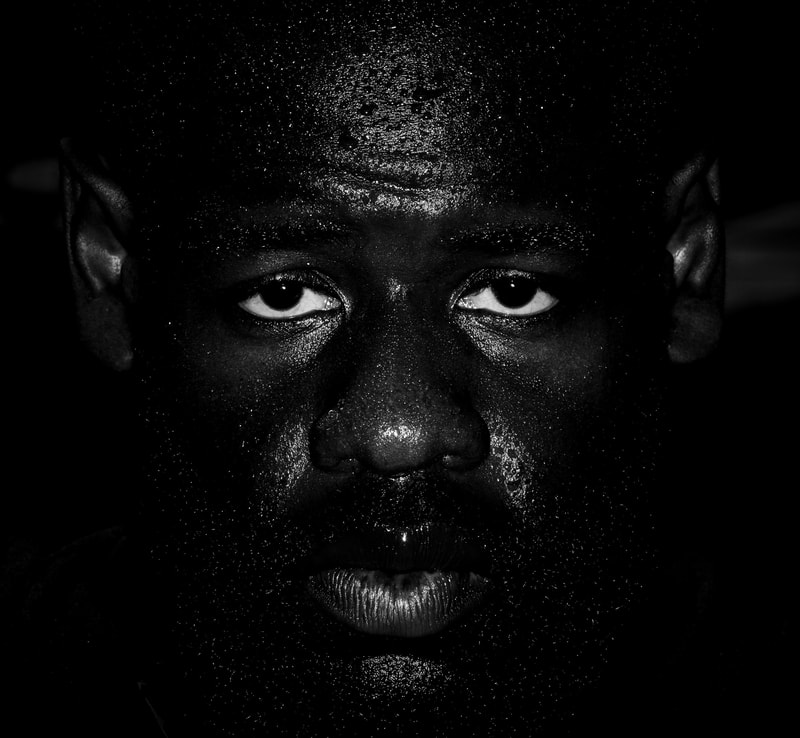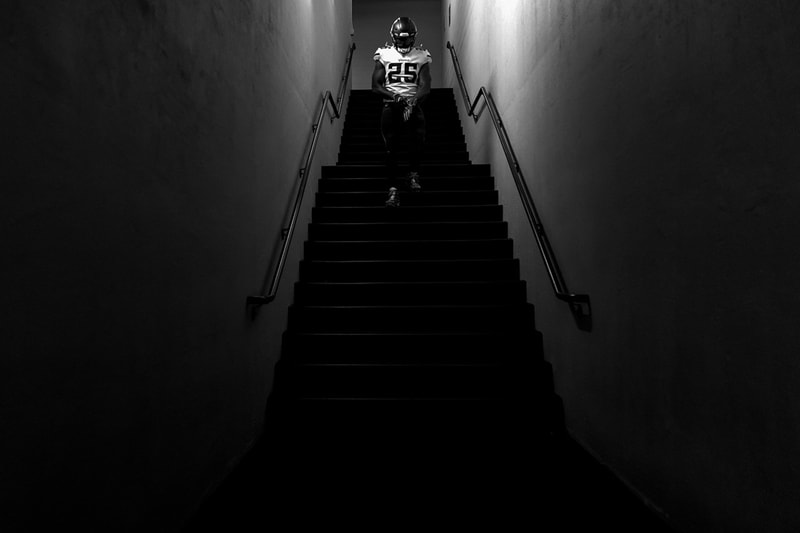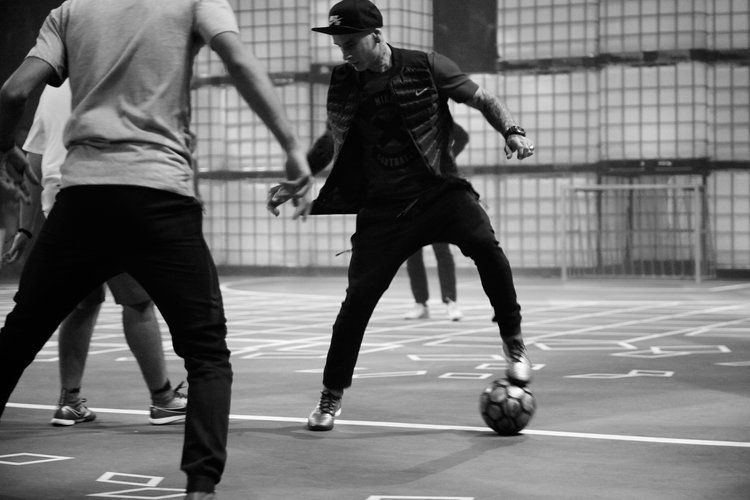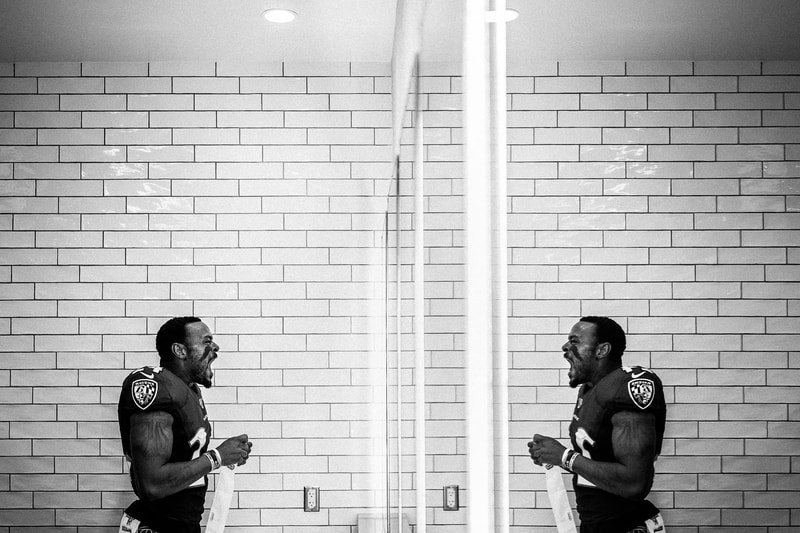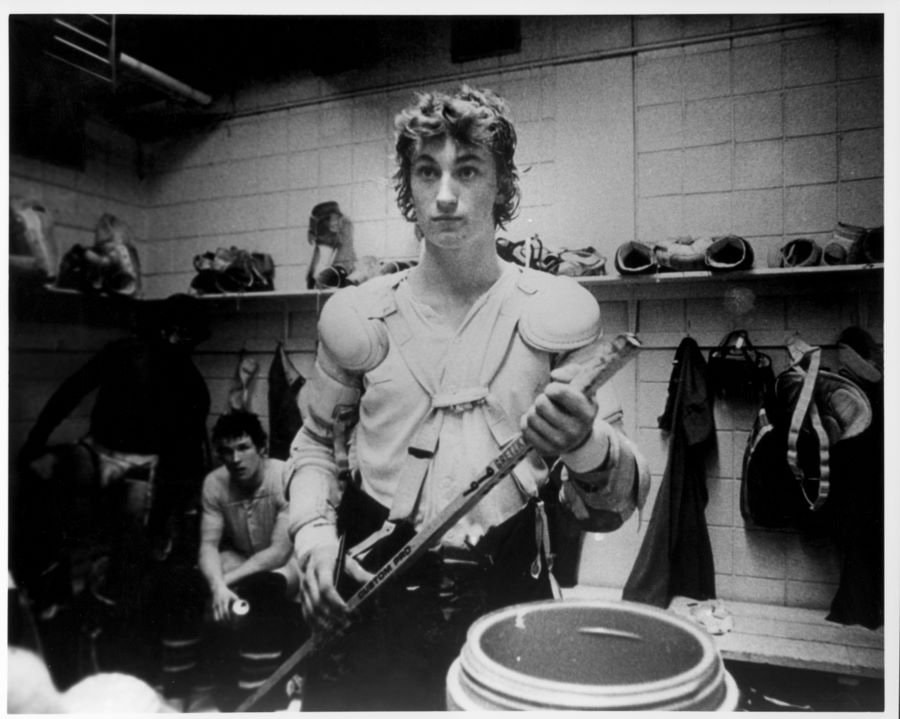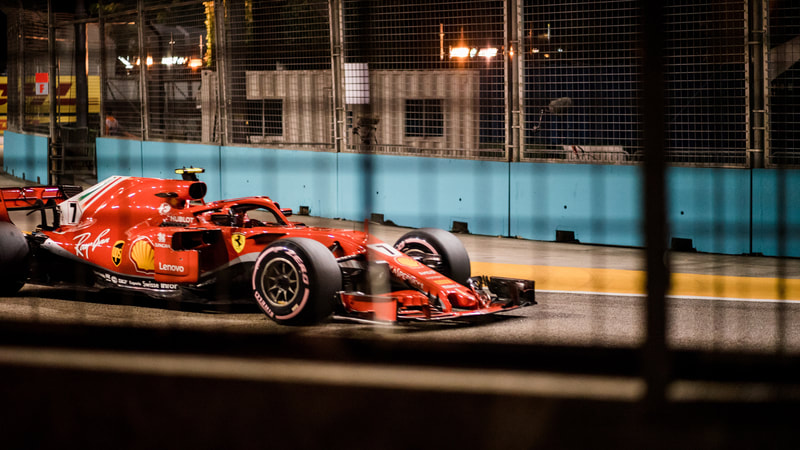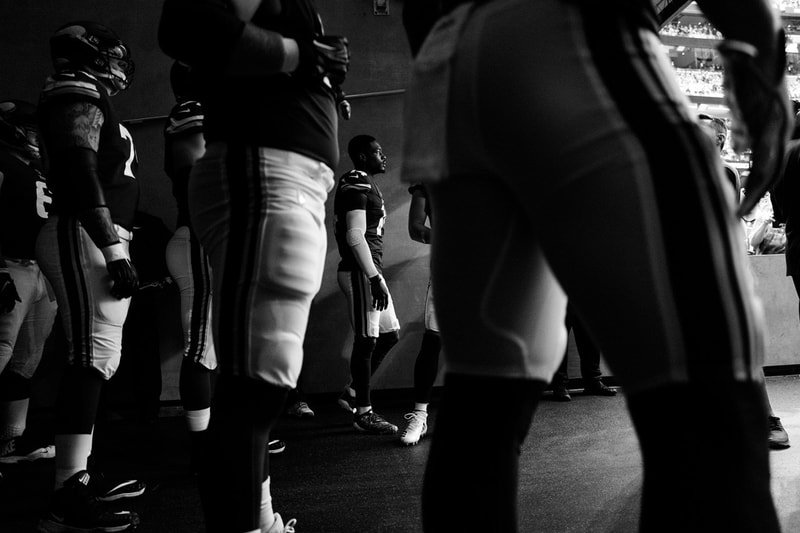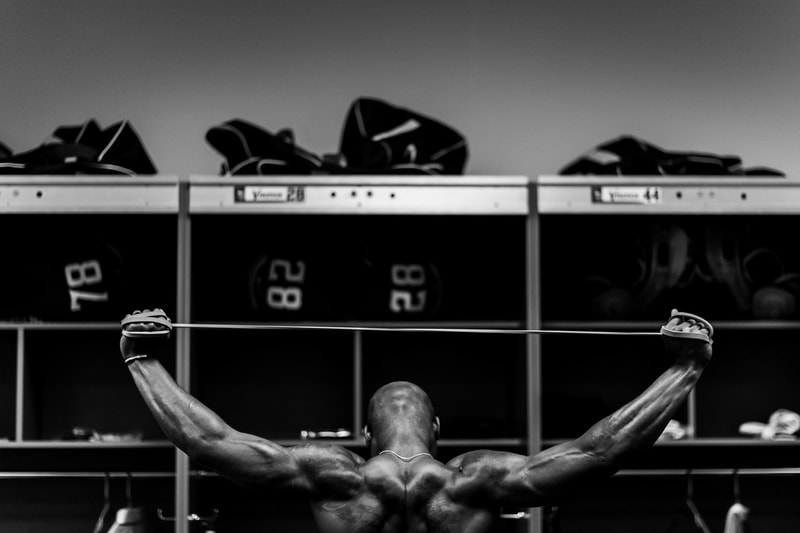The weekly assignments are a little bit different than Photo A. Below you will find a list of 24 different prompts it is up to you which 10 you choose and what order you do them in. Each week you will submit the photo into the weekly assignment post
1. Transportation
Modes of transportation have been one of the major contributors to the modernization of our cultures. Without transportation we couldn't move goods, the Americas or anywhere else would have never been colonized (for better or for worse), and Amazon prime wouldn't exist! You are challenged to either the beauty or the ugliness of a form of transportation.
2. Bokeh
Bokeh (pronounced b0-ka) is a Japanese term that translates to blur in English. Bokeh is used by photographers to describe the quality of the unfocused or blurry parts of a photograph. Every photograph has a depth of field – the area of a photograph that is in focus. you can use this to your advantage to create surreal backgrounds with a little bit of intentional lighting. (image 1-3)
Who knows who figured this out but you can actually create custom bokeh shapes by cutting out a small stencil for the light to go through. (image 3-4)
In this weekly option feel free to experiment with either or both.
HOW TO CUSTOM BOKEH
Who knows who figured this out but you can actually create custom bokeh shapes by cutting out a small stencil for the light to go through. (image 3-4)
In this weekly option feel free to experiment with either or both.
HOW TO CUSTOM BOKEH
3. Shooting with LOTS of Fabric
This weekly assignment you will be playing with large fabric. This can be a sheet, maybe something from a fabric store maybe who knows what. Either way it is all about playing and exploring. What does the fabric represent. What does it cover what does it show? How does the color of the fabric tell a story?
4. Back to the Future
BACK TO THE FUTURE from Jamie Jessett on Vimeo.
In this weekly assignment you will be inspired by Irina Wernings work by looking through the old shoebosx of photos and do you best to do a nostalgic recreation. Remember you are the photographer not the subject. Remember paying close attention to the original lighting, clothing, angles, props, and environment selection will all be key elements to your success.
check out Irina's work at http://irinawerning.com/back-to-the-fut/back-to-the-future/
check out Irina's work at http://irinawerning.com/back-to-the-fut/back-to-the-future/
5. Puddle Reflections
Wether can sometimes be a drag but why not take advantage of a wet environment by capturing interesting reflection of lights, buildings, people, etc.. Remember that a lot of photography is learning how to see the world around us in different ways.
6. Only one color
7. Shake It Don't Break It
This one is all about lighting, shutter speed and good timing. Choose a subject and do a portrait session of them shaking their face violently. Feel free to choose a human or a furry friend. Check out photographer Brandon Vough's flicker page for fun examples
8. Abstract Black & White Shadows
There are amazing things all around us that we never stop to notice. This week is all about learning to look at the world around you and the possibilities hidden within. Go outside during sunrise or sunset for your best chance at long shadows .
9. Lets Get Weird
This portrait assignment challenge is to think out side of the box and get a little weird. Props, make up, paint, food, etc. its all fair game as long as you don't break or ruin anything and you clean up after yourselves.
10. Street Lights
Seems like, street lights, glowin
Happen to be just like moments, passin
In front of me so I hopped in, the cab and
I paid my fare see I know my destination
But I'm just not there - Kanye West
Just because the street lights come on doesn't mean we have to go inside. In this weekly assignment I want to challenge you to use compose a image with only using the street lights as your luminary source. You might be pleasantly surprised by the shadows and colors you can find at night.
Check out New Orleans Photographer Frank Relle's website for some really interesting examples
OR
Andres Levers has some pretty beautiful examples of foggy nights over at his website as well for some additional insperation.
Happen to be just like moments, passin
In front of me so I hopped in, the cab and
I paid my fare see I know my destination
But I'm just not there - Kanye West
Just because the street lights come on doesn't mean we have to go inside. In this weekly assignment I want to challenge you to use compose a image with only using the street lights as your luminary source. You might be pleasantly surprised by the shadows and colors you can find at night.
Check out New Orleans Photographer Frank Relle's website for some really interesting examples
OR
Andres Levers has some pretty beautiful examples of foggy nights over at his website as well for some additional insperation.
11. A Roll of Film
For this assignment, you’re only allowed to take 36 photos in a day (same amount of photos in a roll of film).
This exercise will help you learn restraint. It will balance out some of the other assignments which encourage you to take more.
This exercise will help you learn restraint. It will balance out some of the other assignments which encourage you to take more.
12. Standing Around
In street photography, we’re impatient. Rather than sticking in one good area and waiting for our subjects to come to us, we run around (often wasting our energy) to just find a few good photos.
The solution: find an interesting street corner, don’t move, and photograph it for an hour.
Purpose:
The purpose of this assignment is to realize that it can be more effective to find a good scene, background, or area, and wait for your subjects to come to you.
Not only that, but if you stay put in one area, you will get to know the area better. You will observe the flow of subjects, and get a feel of a place better. Not only that, but you will be more “invisible” in the scene — people will ignore you.
The solution: find an interesting street corner, don’t move, and photograph it for an hour.
Purpose:
The purpose of this assignment is to realize that it can be more effective to find a good scene, background, or area, and wait for your subjects to come to you.
Not only that, but if you stay put in one area, you will get to know the area better. You will observe the flow of subjects, and get a feel of a place better. Not only that, but you will be more “invisible” in the scene — people will ignore you.
13. LOW KEY
Objective: Learn how to expose for effect. Also learn how to use available light to create low key photos.
What is due? 5 photos using low key lighting.
Low key refers to a style of photography that utilizes predominantly dark tones to create a dramatic looking image. Low key lighting intensifies the contrast in an image through intensely reduced lighting. I am challenging you to achieve a low key look without studio lights. One way to do this is to use two separate spaces. One space needs to be darker than the other space. For example, you can turn the lights off in a room and use the window as the light source. Try to keep the light from hitting the background, and purposefully underexpose the photograph.
What is due? 5 photos using low key lighting.
Low key refers to a style of photography that utilizes predominantly dark tones to create a dramatic looking image. Low key lighting intensifies the contrast in an image through intensely reduced lighting. I am challenging you to achieve a low key look without studio lights. One way to do this is to use two separate spaces. One space needs to be darker than the other space. For example, you can turn the lights off in a room and use the window as the light source. Try to keep the light from hitting the background, and purposefully underexpose the photograph.
14. Shutter Drag
Objective: Learn how to control the on-camera flash for special effect.
What is due? 5 photos that show experimentation with rear curtain sync and shutter drag.
Shutter sync is when the flash fires during a photo. If the flash fires as soon as the shutter opens, it is called front shutter sync. If the flash fires right before the shutter closes, it is called rear shutter sync. To decide between the two, ask yourself if you want the motion to be behind the movement or in front of the movement.
To learn more about rear curtain sync, you can read this article here or read this one here (better examples) ORRRR this one . You can see some good examples on this website to help get your creative juices flowing. This article and video is by a photographer who uses this technique, too. Not only can you move the camera while taking the photo with a slower shutter speed, you can also zoom in or out to create some cool movement.
What is due? 5 photos that show experimentation with rear curtain sync and shutter drag.
Shutter sync is when the flash fires during a photo. If the flash fires as soon as the shutter opens, it is called front shutter sync. If the flash fires right before the shutter closes, it is called rear shutter sync. To decide between the two, ask yourself if you want the motion to be behind the movement or in front of the movement.
To learn more about rear curtain sync, you can read this article here or read this one here (better examples) ORRRR this one . You can see some good examples on this website to help get your creative juices flowing. This article and video is by a photographer who uses this technique, too. Not only can you move the camera while taking the photo with a slower shutter speed, you can also zoom in or out to create some cool movement.
15. Shooting Through Water
The Earth is 71% water, which means it is all around us so we might as well use it in our photography. Try experimenting with water in a variety of different ways both physically and metaphorically. How do coexist with water? how does it control our lives? What properties does water have?
In addition, water acts as a magnifying glass, which bends the light toward the center. The light comes together at the focal point and beyond the focal point the image looks reversed because the light that was on the right is now on the left, and vice versa. Which is pretty cool.
or try this! https://www.popphoto.com/you-can-do-it-shoot-portrait-through-water-droplets/
In addition, water acts as a magnifying glass, which bends the light toward the center. The light comes together at the focal point and beyond the focal point the image looks reversed because the light that was on the right is now on the left, and vice versa. Which is pretty cool.
or try this! https://www.popphoto.com/you-can-do-it-shoot-portrait-through-water-droplets/
16. In-Camera Double Exposure
This one will take a little bit of research on your part for how to do this. Each camera is a little different. Once you figure it out it is pretty amazing.
Start with some of these options
Start with some of these options
17. (Alternative Light Sources)
Lights are such a huge part of our everyday life that tend to become invisible at times. Take a walk around at night or turn off all the main lights at your house and take a good look at all of the other light sources we take for granted or go unnoticed. Use these obscure lights as your light source for your photography in this assignment.
18. Paint or Extreme Makeup
What roles does makeup play in our society? Glamor, masks, play, societal structures? How can you use makeup or paint on your subjects to tell a story.
19. Projectors
Using projectors to layer images can be a easy way to infuse tons of color and intrest
20. Mirrors
21. Single Color
Not going to lie, this is not my favorite thing on the planet but you people seem to think its cool. How can you do this in a way that is meaningful and not hokey.
22. Breaking the plane
Sometimes leaving things out tells more of a story about what was left. Try doing extreme closeups that break outside of the picture fram.
23. PLAY WITH RANDOM STUFF AROUND THE HOUSE
24. THE SOCIAL DISTANCE PHOTO SHOOT
Imagine you are in a global pandemic and you cant actually get near someone OR maybe your best friend is in a different state or even country. With todays technology and a bit of patience you can use a video chat app to do a photoshoot. The video does a great job walking you through some of the challenges and successes of this option. To capture the images you can either take a photo of the screen or simply screen shot and crop. Use google to figure out how to screenshot with your specific device.
Imagine you are in a global pandemic and you cant actually get near someone OR maybe your best friend is in a different state or even country. With todays technology and a bit of patience you can use a video chat app to do a photoshoot. The video does a great job walking you through some of the challenges and successes of this option. To capture the images you can either take a photo of the screen or simply screen shot and crop. Use google to figure out how to screenshot with your specific device.
25. SILHOUETTE PHOTOGRPHY
Silhouette Photography make really for really bold images by utilizing high contrast and recognizable forms. By focusing on simplicity of forms you can take away a lot of clutter that often gets in the way of new photographers. Although the images do look simple capturing the subjects in just the right light takes a bit of technical skill with both the camera and in editing.
You can achieve this type of image with a DSLR camera BUT with a few tricks you can also get a really solid silhouette photo with your smartphone. MORE RESOURCES FROM A PHOTO B ASSIGNMENT
Silhouette Photography make really for really bold images by utilizing high contrast and recognizable forms. By focusing on simplicity of forms you can take away a lot of clutter that often gets in the way of new photographers. Although the images do look simple capturing the subjects in just the right light takes a bit of technical skill with both the camera and in editing.
You can achieve this type of image with a DSLR camera BUT with a few tricks you can also get a really solid silhouette photo with your smartphone. MORE RESOURCES FROM A PHOTO B ASSIGNMENT
|
Silhouettes with Iphone
|
Silhouettes with DSLR
|
26. LIGHT PAINTING
Light painting is the art of creating photos by setting long exposure times on a camera and using a moving light source to “paint.”
A light painting photographer opens a camera’s shutter and keeps it open as they draw in the air with a light source. The finished product is an image of that light source’s path: lines of light through darkness, creating a glowing image in the open lens during the long exposure photography time. “It’s long exposure photography,” says light painter Kris Foot. “You’re opening the shutter for a longer period of time, and using either lights that are already there or controlling your own lights.”
Light painting is the art of creating photos by setting long exposure times on a camera and using a moving light source to “paint.”
A light painting photographer opens a camera’s shutter and keeps it open as they draw in the air with a light source. The finished product is an image of that light source’s path: lines of light through darkness, creating a glowing image in the open lens during the long exposure photography time. “It’s long exposure photography,” says light painter Kris Foot. “You’re opening the shutter for a longer period of time, and using either lights that are already there or controlling your own lights.”
|
|
|
https://digital-photography-school.com/light-painting-incredible-car-photos/
https://www.pexels.com/blog/resource/light-painting-night-photography-tips/
https://www.pexels.com/blog/resource/light-painting-night-photography-tips/
27. SPORTS WITHOUT THE HIGHLIGHT REEL
Sports photography doesn't have to only be taken on the field. Some of the most exciting and interesting sports photos happen during the down time, during practice, or in the locker room. Your challenge is to capture the essence without the gameplay. Check out the work of Bruce Bennett , Andy Kenutis, and The Secrets and Stories of Behind the Scenes Sports Photography.
Sports photography doesn't have to only be taken on the field. Some of the most exciting and interesting sports photos happen during the down time, during practice, or in the locker room. Your challenge is to capture the essence without the gameplay. Check out the work of Bruce Bennett , Andy Kenutis, and The Secrets and Stories of Behind the Scenes Sports Photography.
28. FOOD PHOTOGRAPHY
https://digital-photography-school.com/5-tips-to-seriously-improve-your-food-photography-techniques/
https://www.seriouseats.com/beginners-guide-to-food-photography
https://digital-photography-school.com/5-tips-to-seriously-improve-your-food-photography-techniques/
https://www.seriouseats.com/beginners-guide-to-food-photography
|
|
|
29. COSTUMES
There’s been an explosion of interest in photographing costume portraits over the last few years. From movie cosplays to historically-inspired portraits – there’s no end to the kind of costumes that could make their way into your portrait portfolio.
Shooting someone who is playing a role can bring a whole new dimension to your images. It can add depth and vibrancy to your portfolio. People often lose their inhibitions about being in front of the camera if they are pretending to be someone else!
https://digital-photography-school.com/tips-for-photographing-costume-portraits/
There’s been an explosion of interest in photographing costume portraits over the last few years. From movie cosplays to historically-inspired portraits – there’s no end to the kind of costumes that could make their way into your portrait portfolio.
Shooting someone who is playing a role can bring a whole new dimension to your images. It can add depth and vibrancy to your portfolio. People often lose their inhibitions about being in front of the camera if they are pretending to be someone else!
https://digital-photography-school.com/tips-for-photographing-costume-portraits/
30. LIFESTYLE
Not to be confused with photojournalism or portrait photography, lifestyle photography features individuals and families with the intention to capture real-life events or milestones in an artistic way. The best type of lifestyle photography is a planned version of candid (“plandid,” if you will). You want to capture the art of the everyday in someone’s life, but you still want it to be visually appealing.
What is Lifestyle Photography?
Not to be confused with photojournalism or portrait photography, lifestyle photography features individuals and families with the intention to capture real-life events or milestones in an artistic way. The best type of lifestyle photography is a planned version of candid (“plandid,” if you will). You want to capture the art of the everyday in someone’s life, but you still want it to be visually appealing.
What is Lifestyle Photography?
